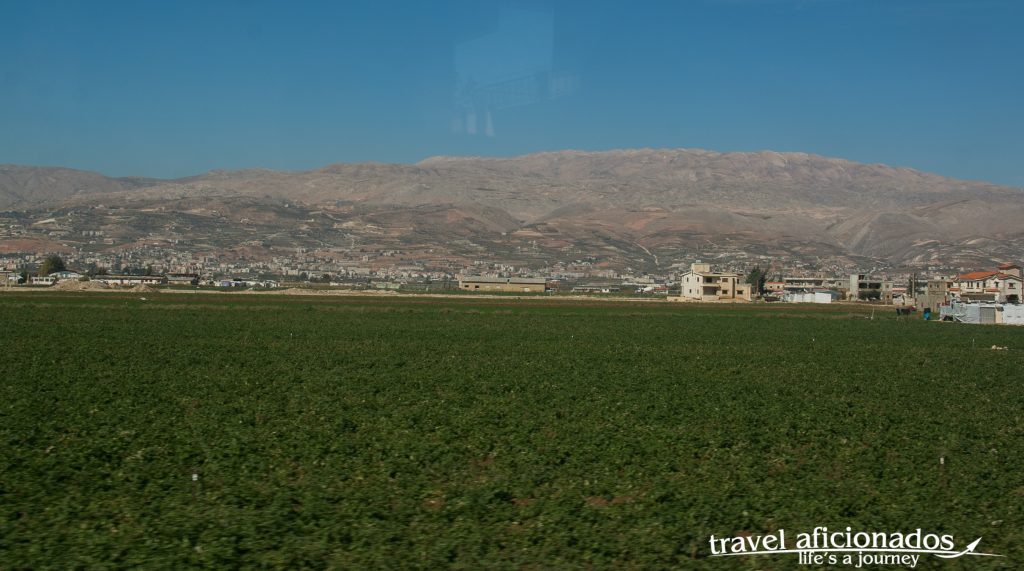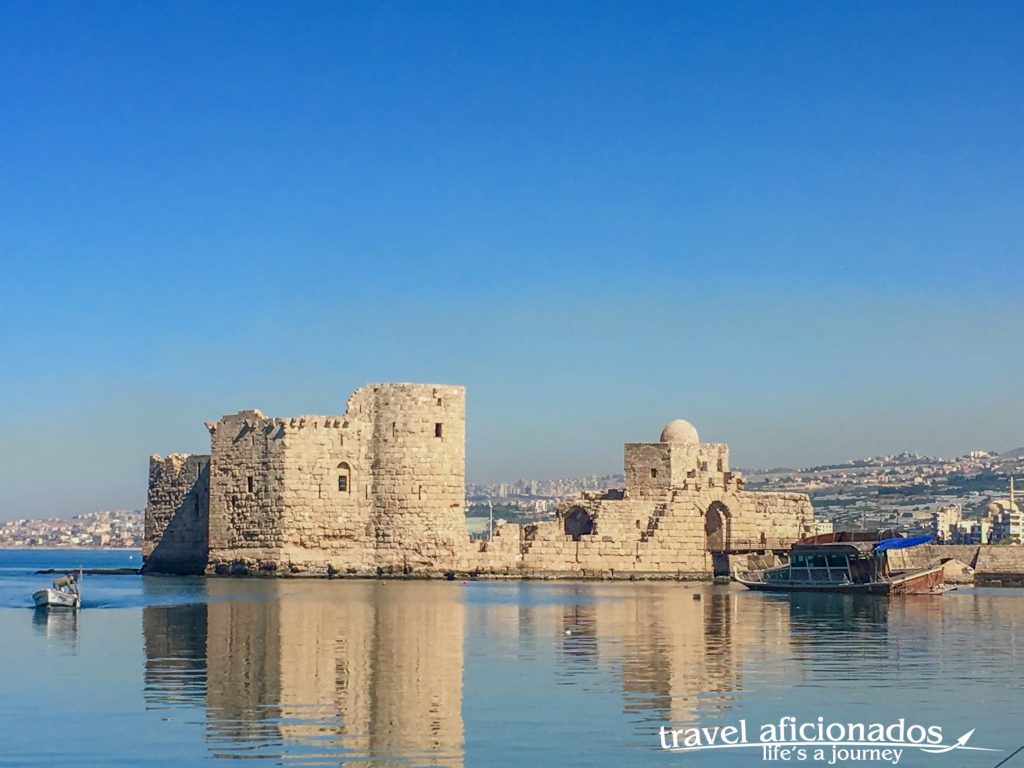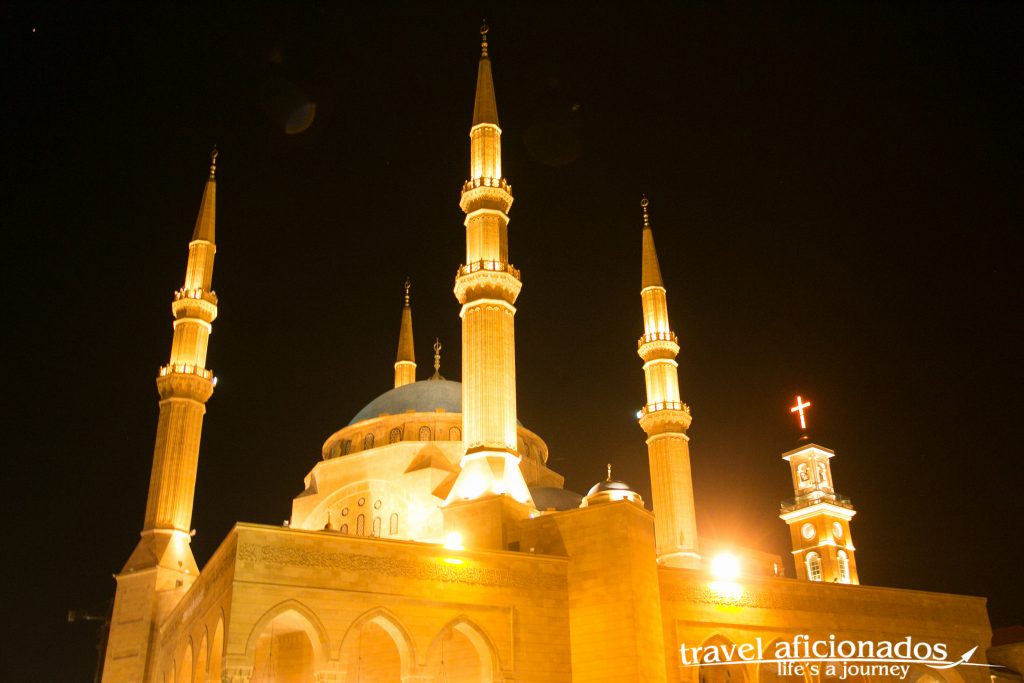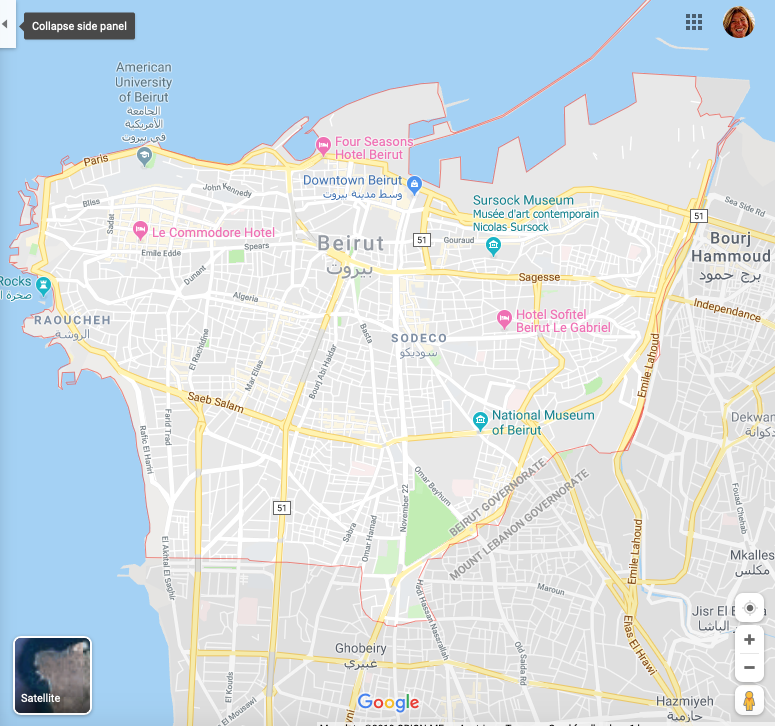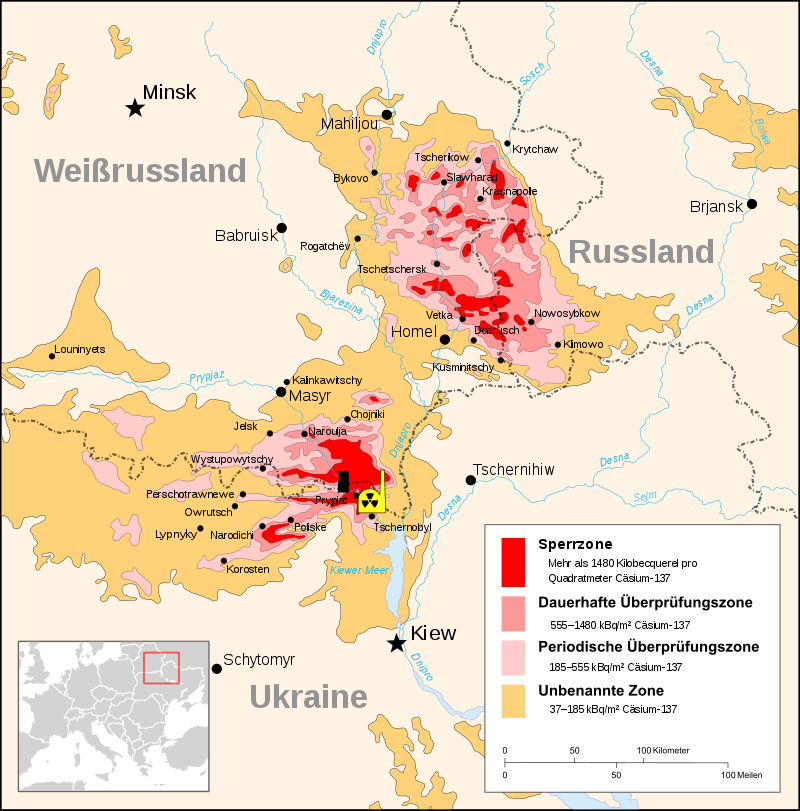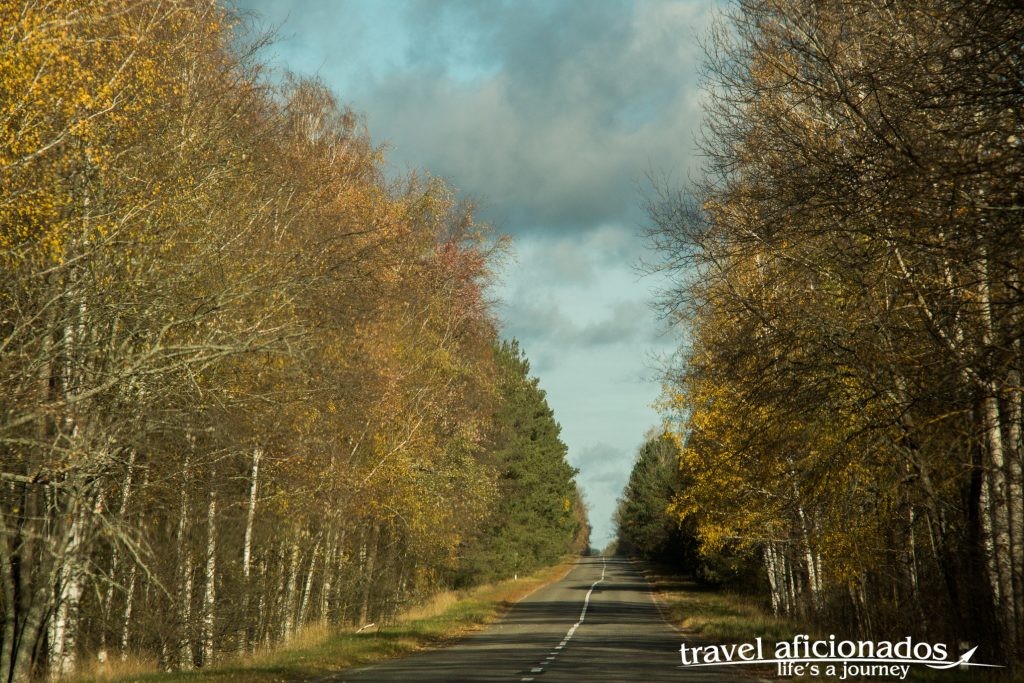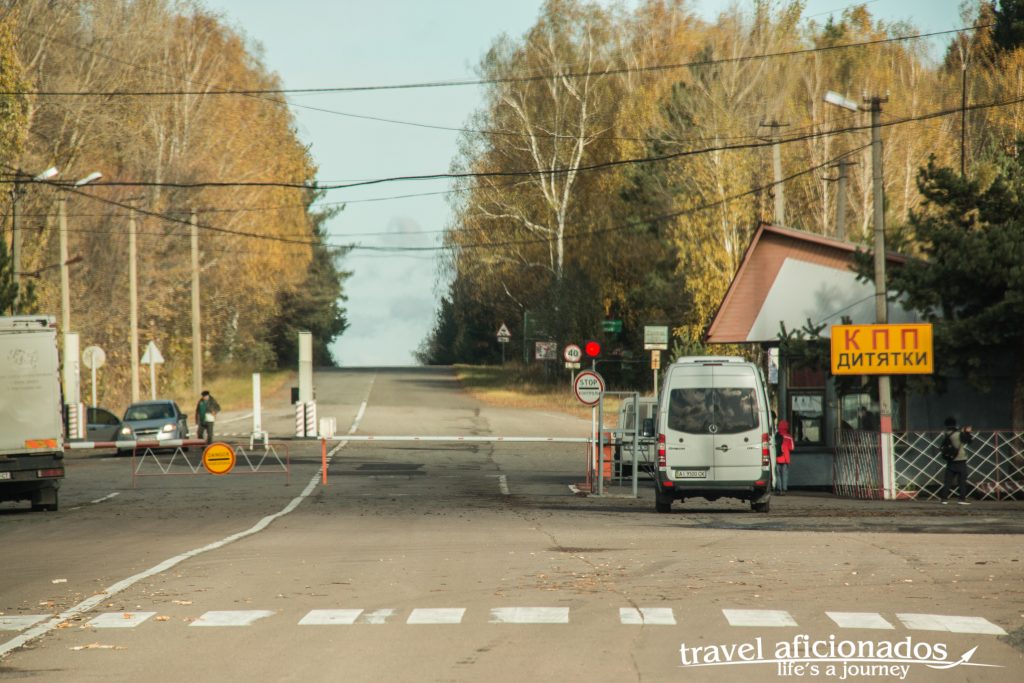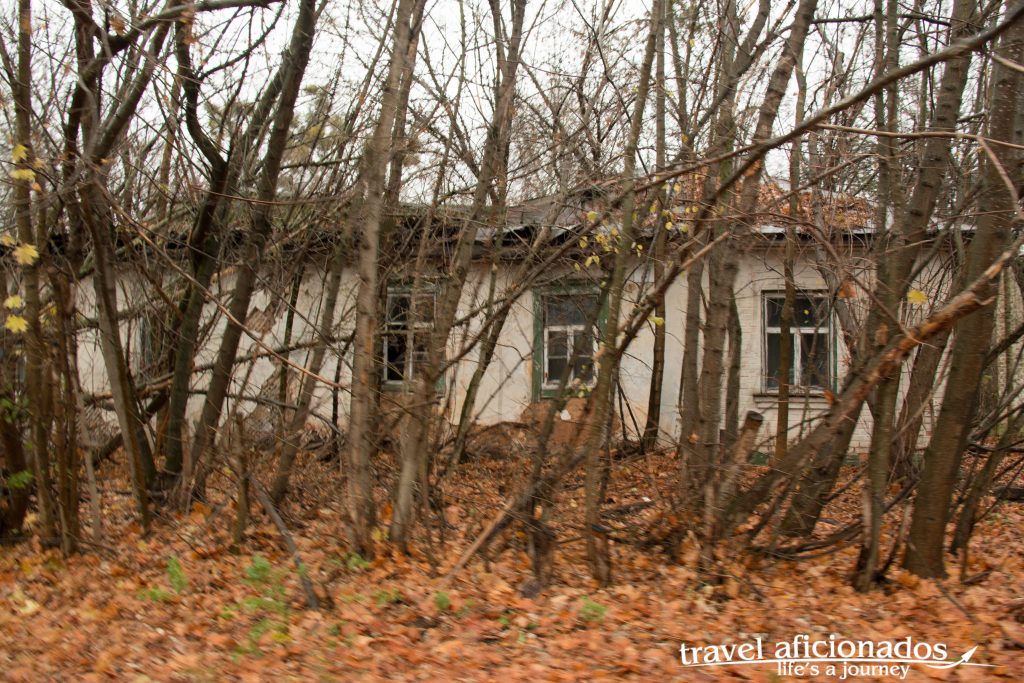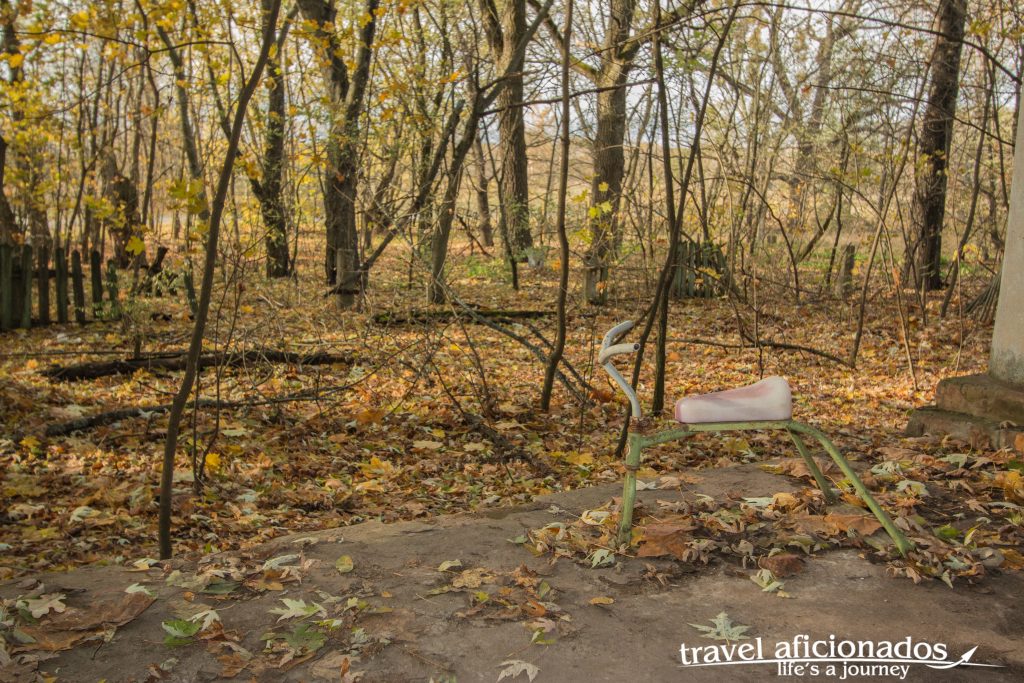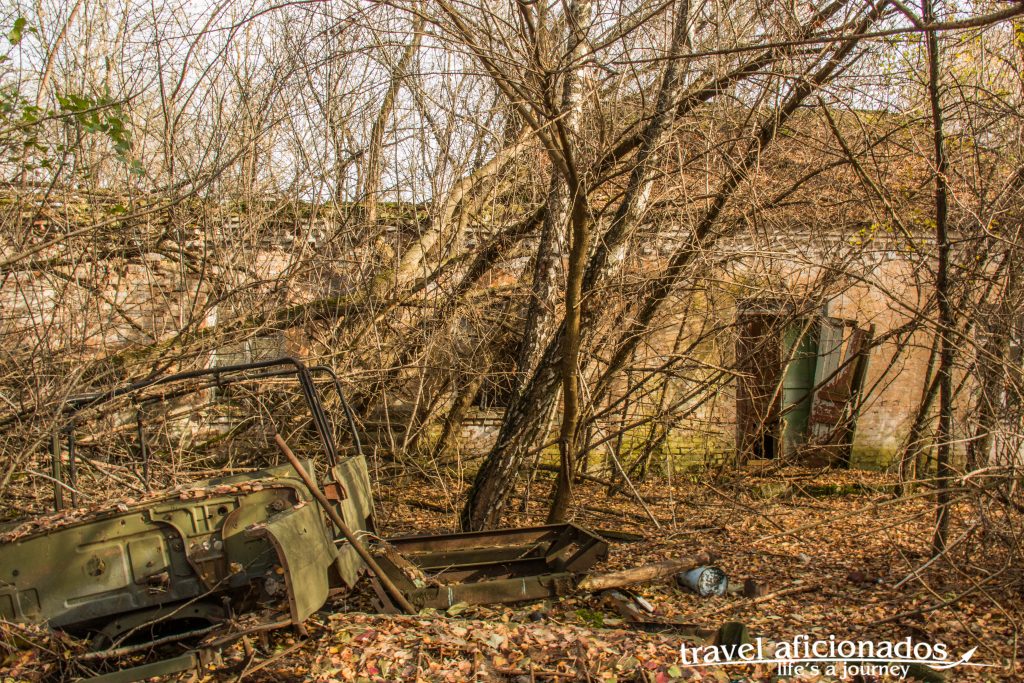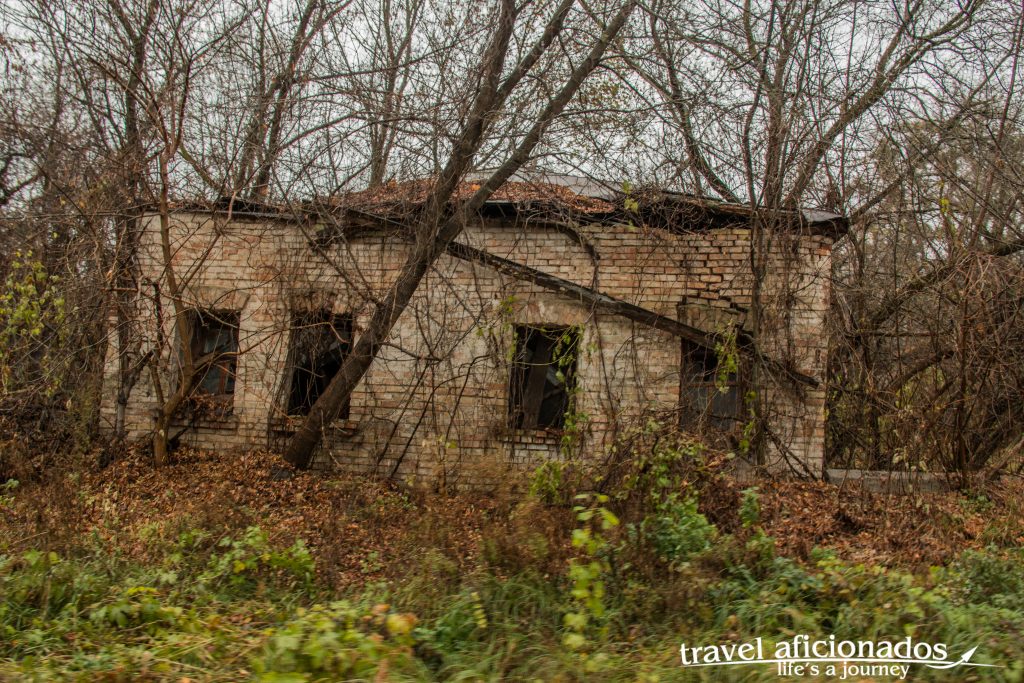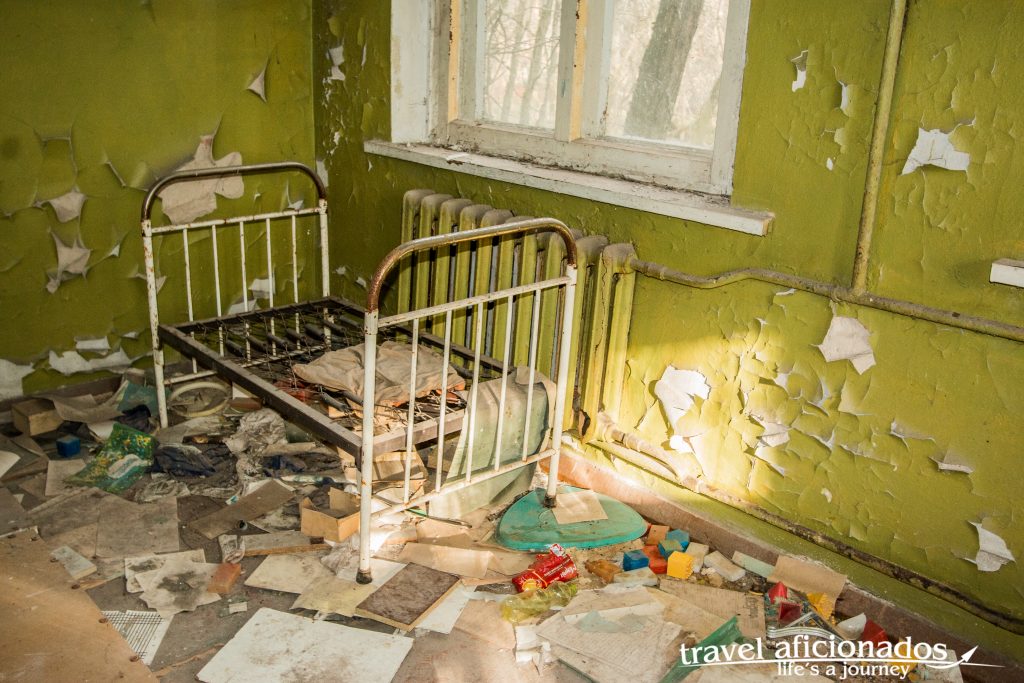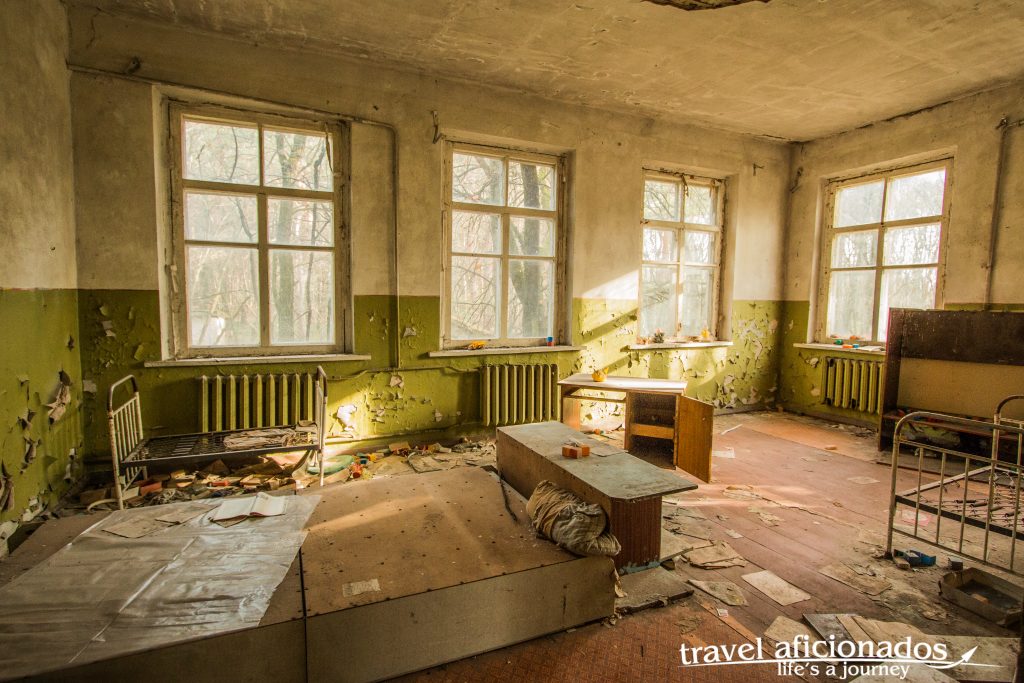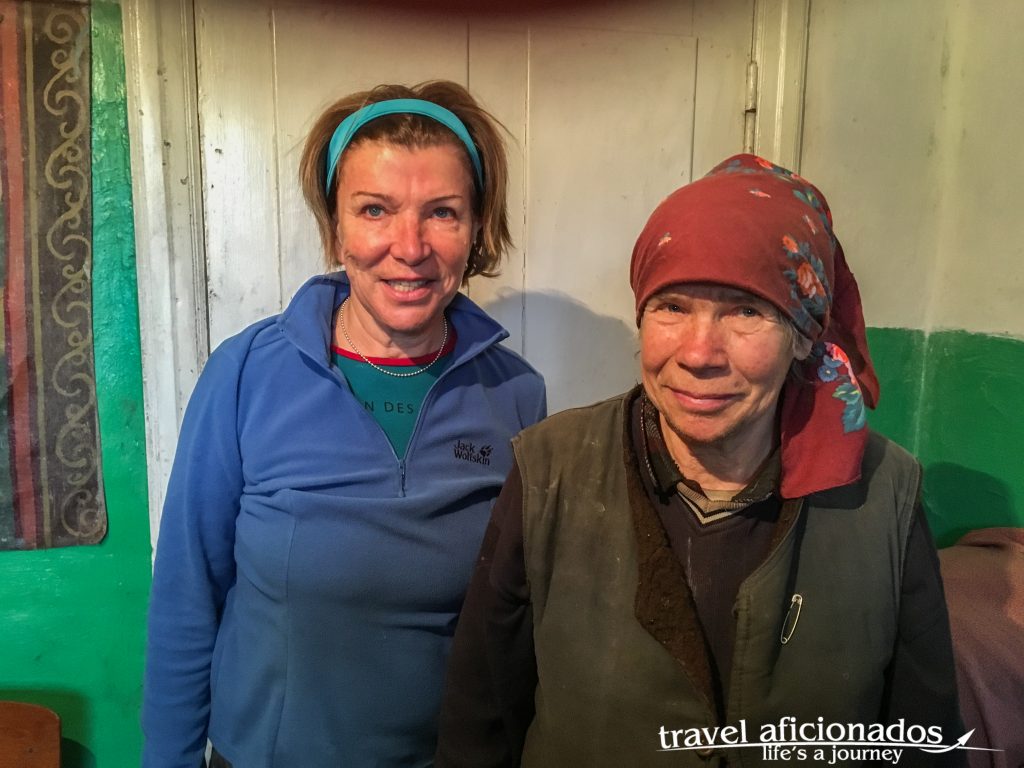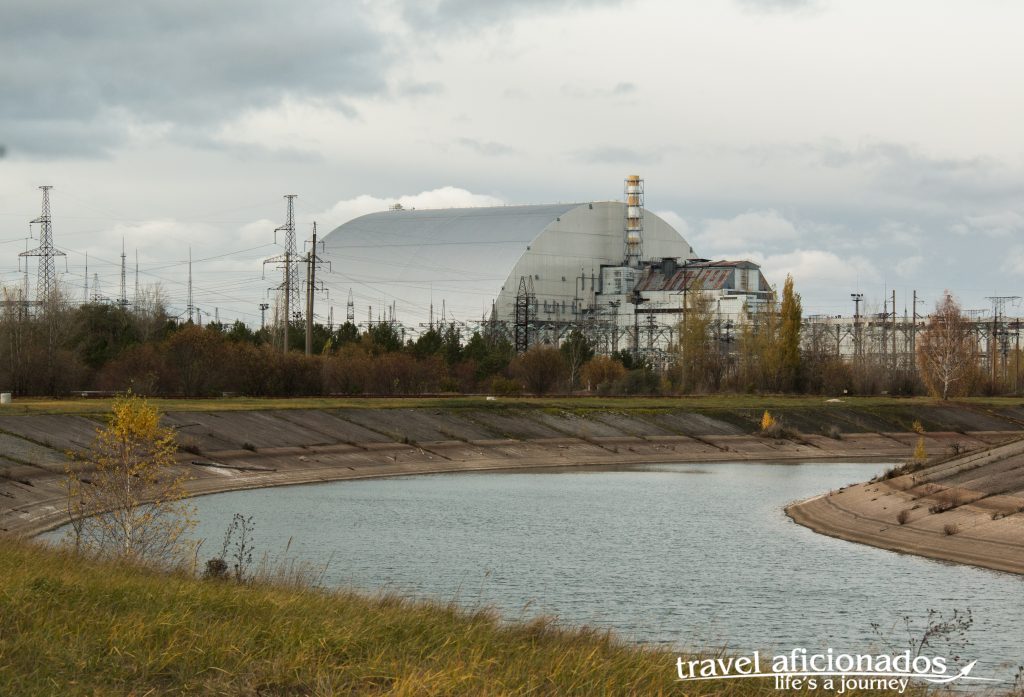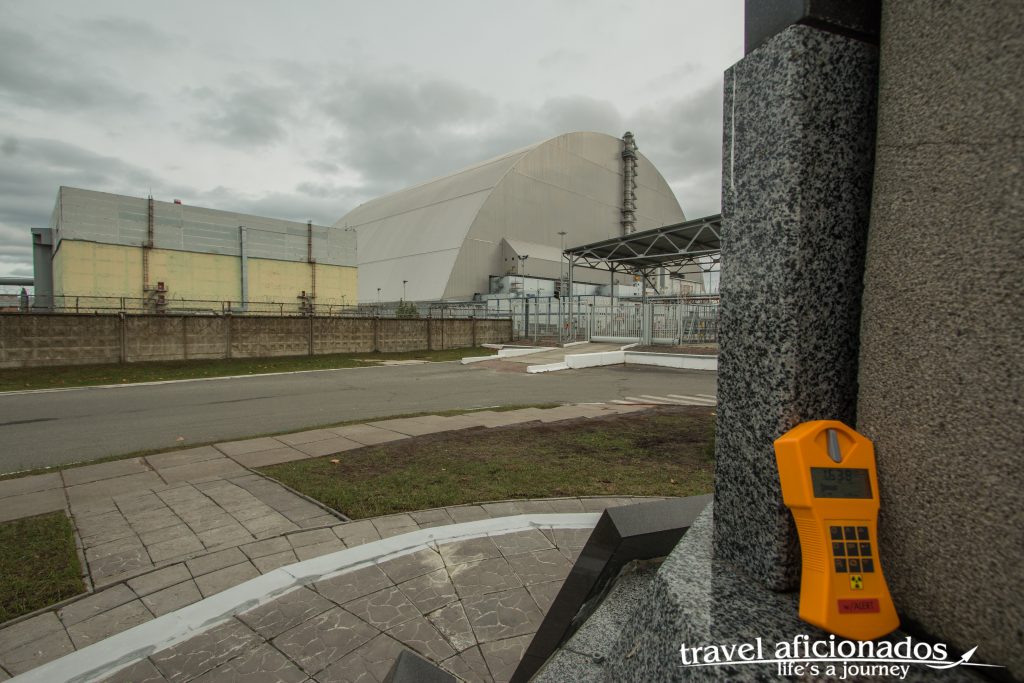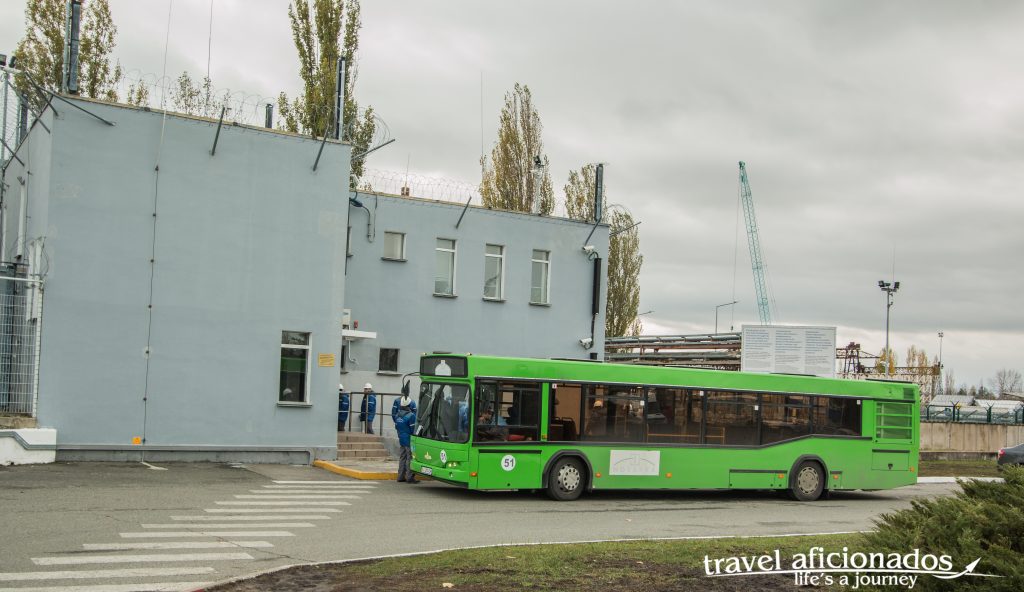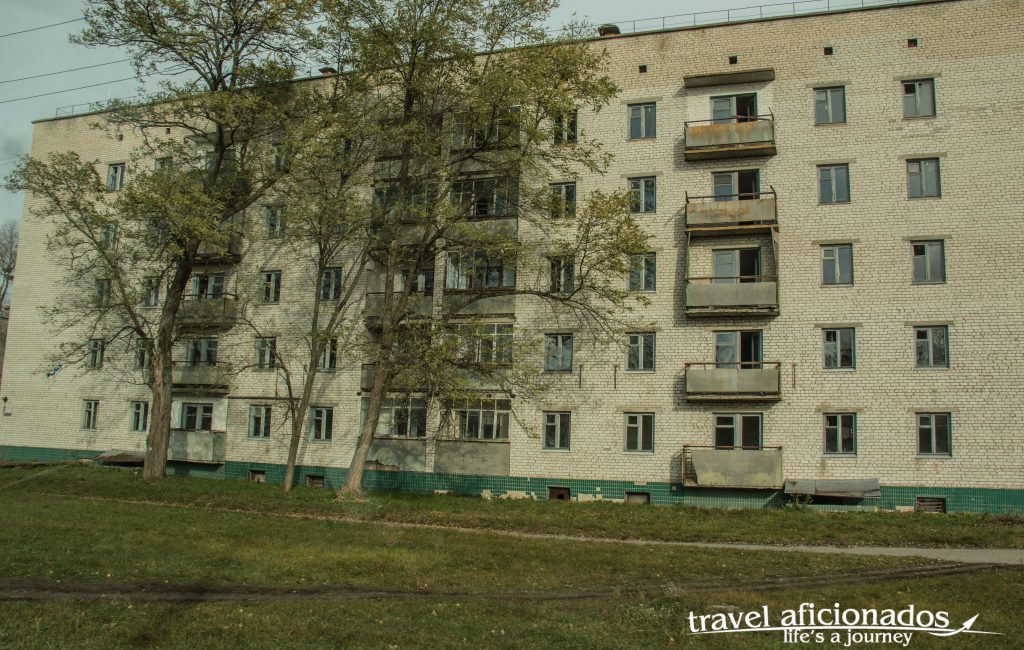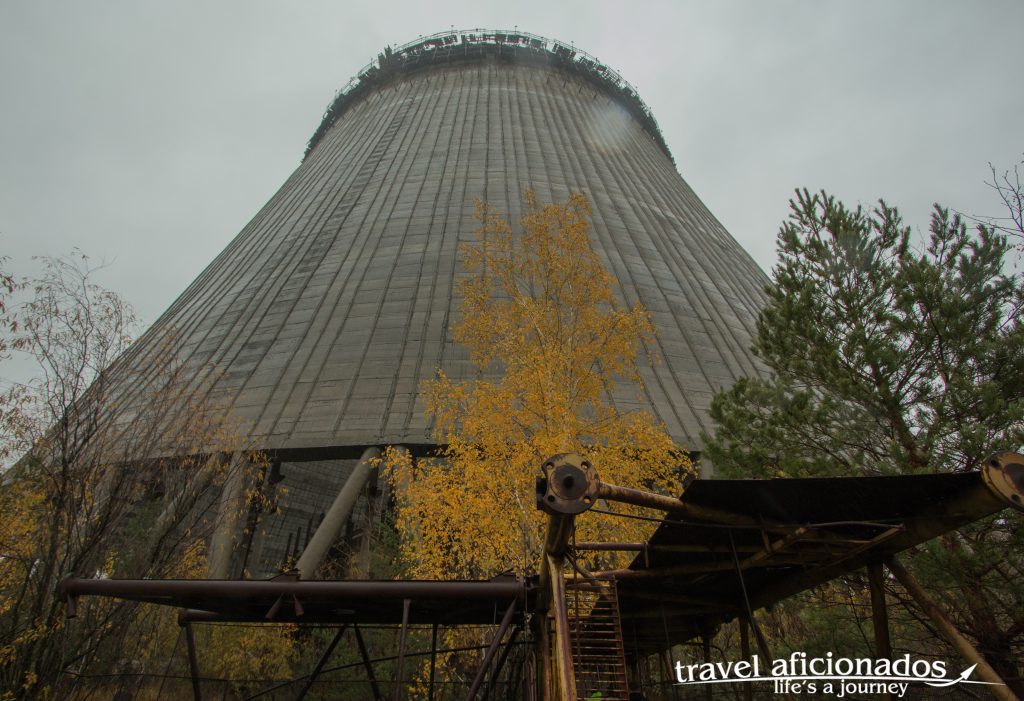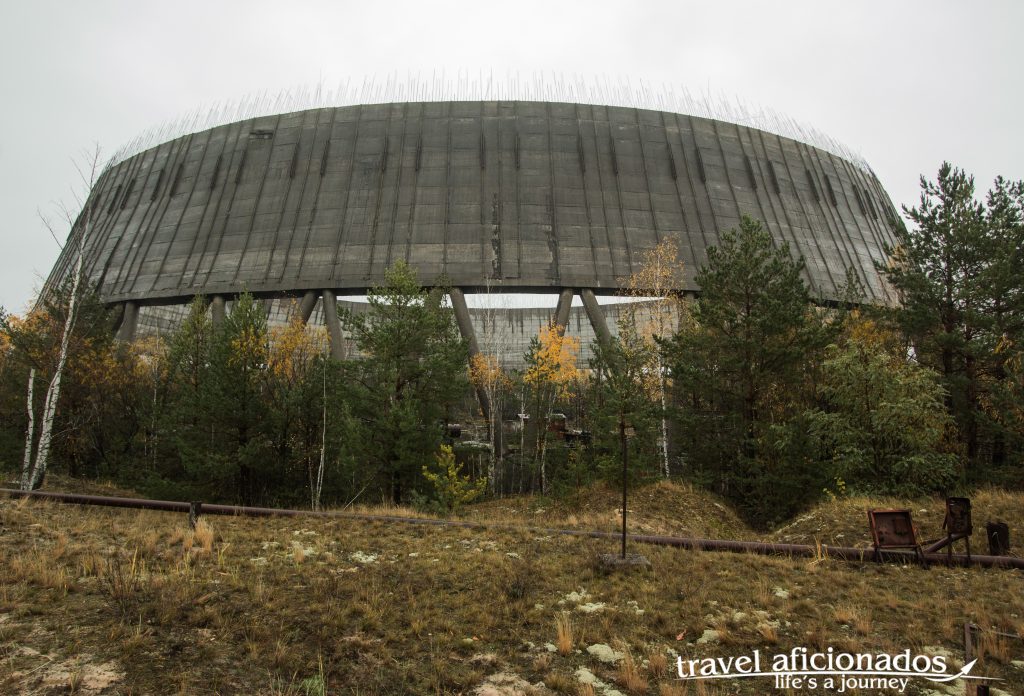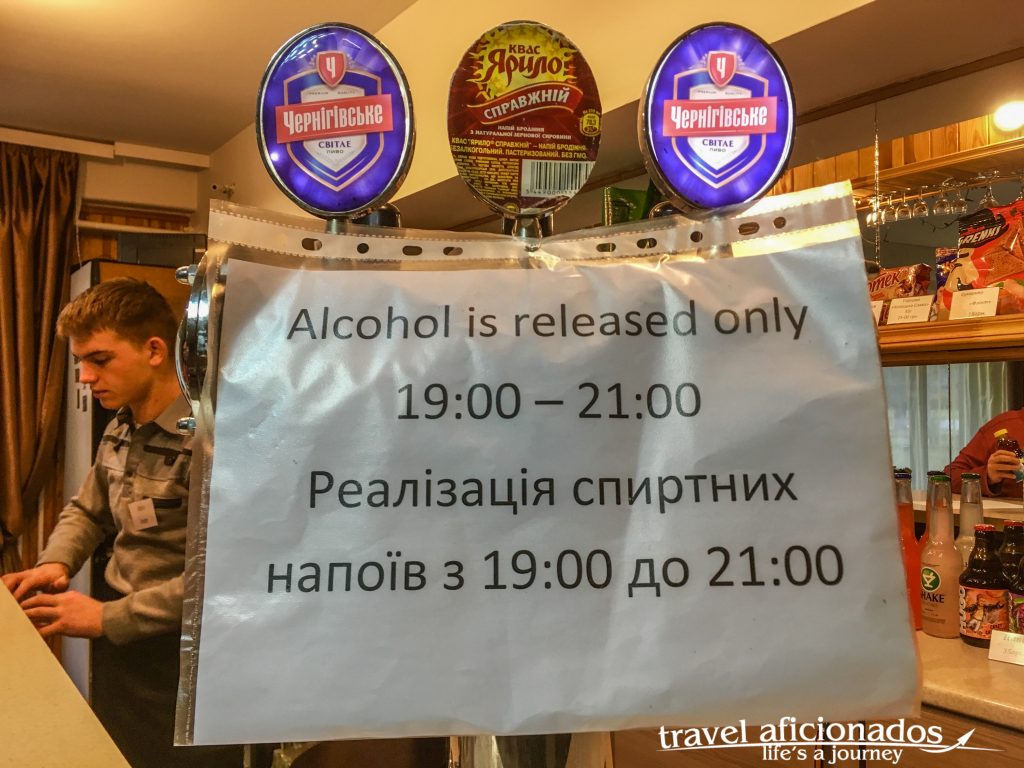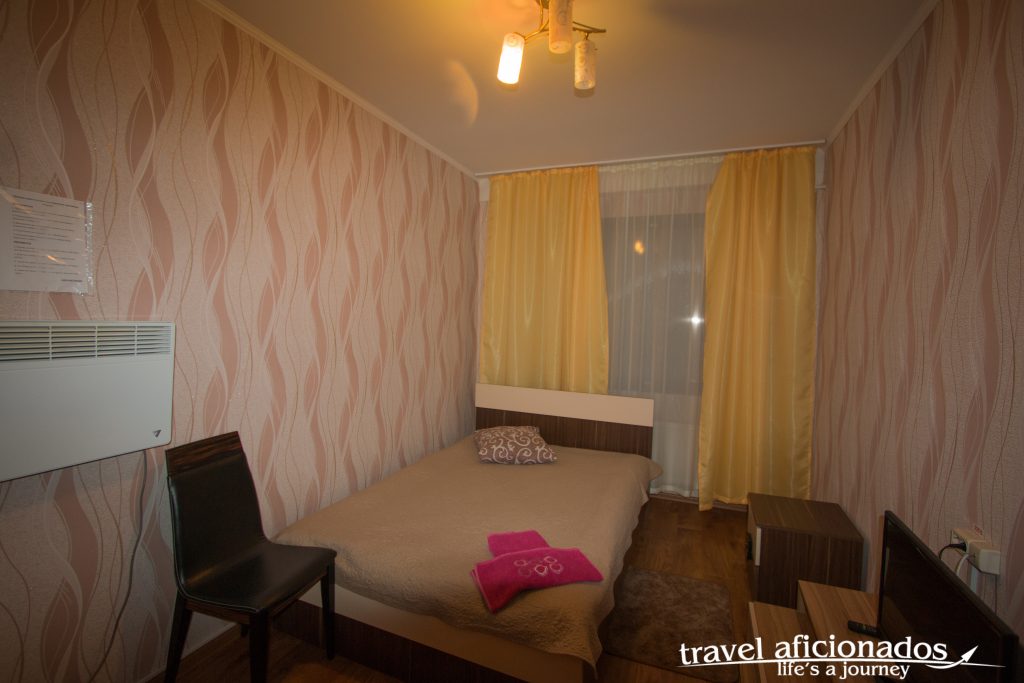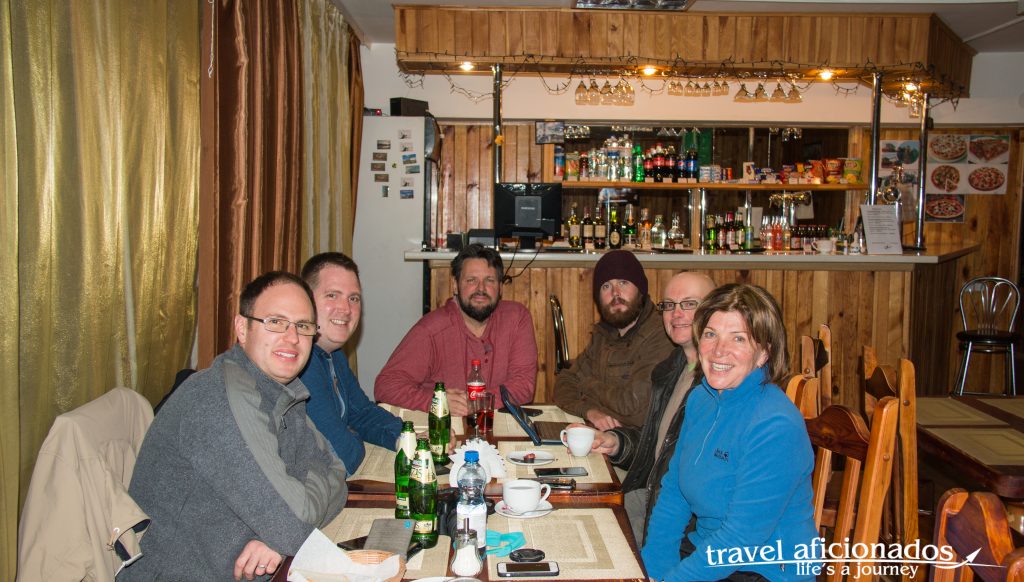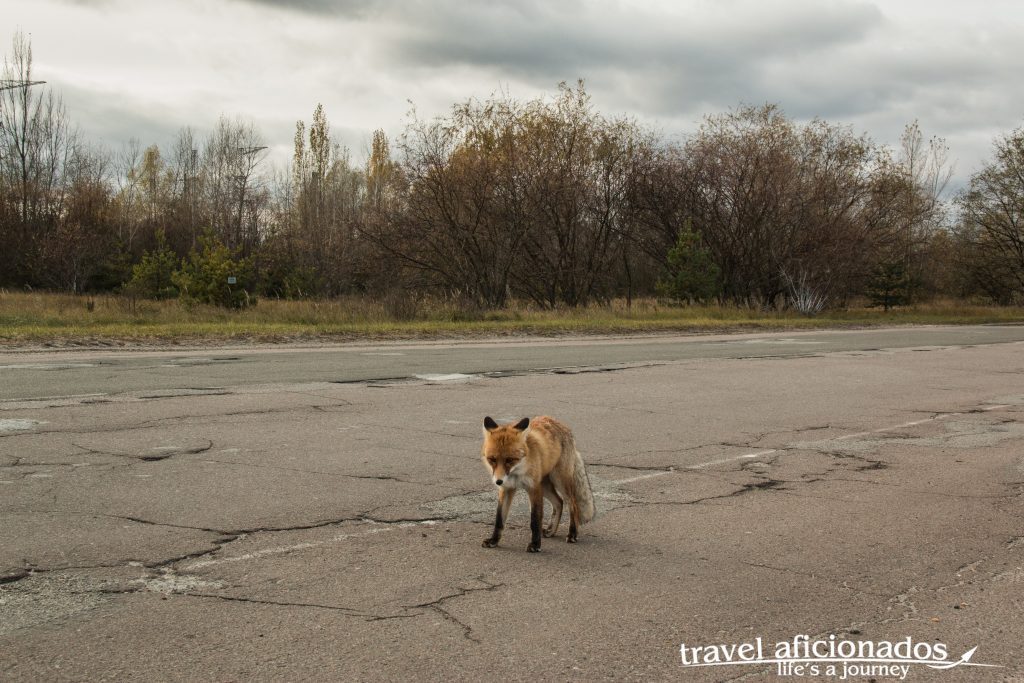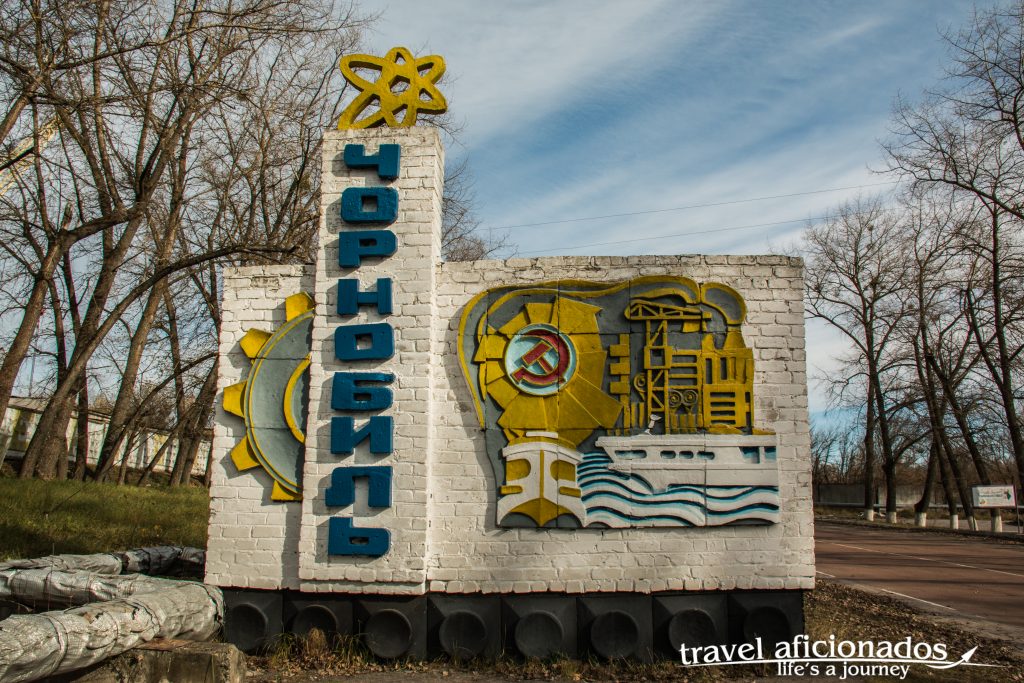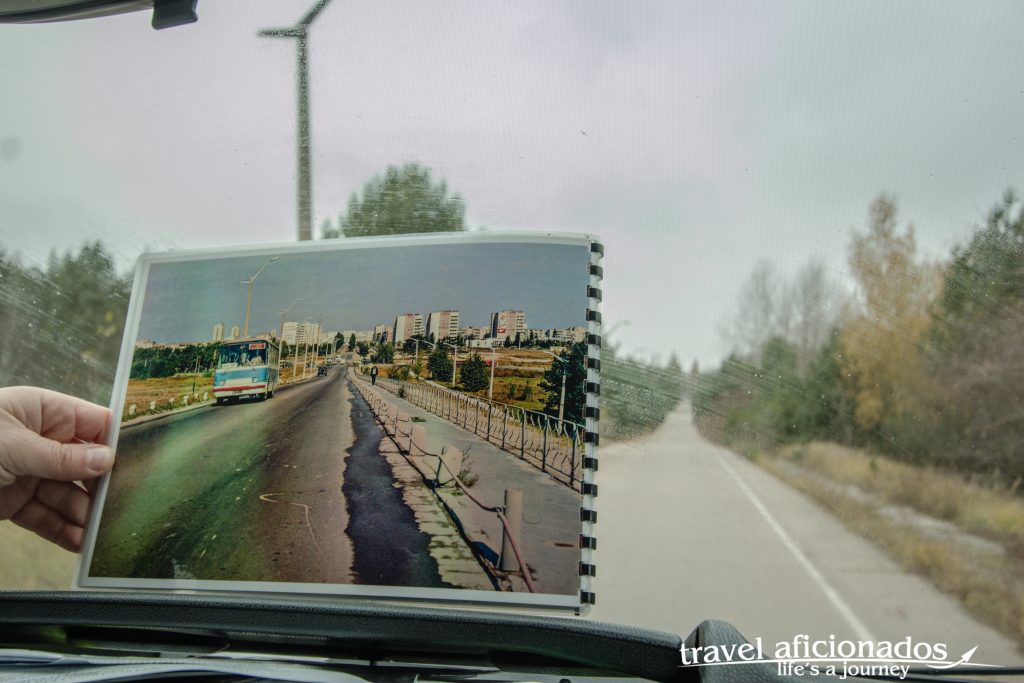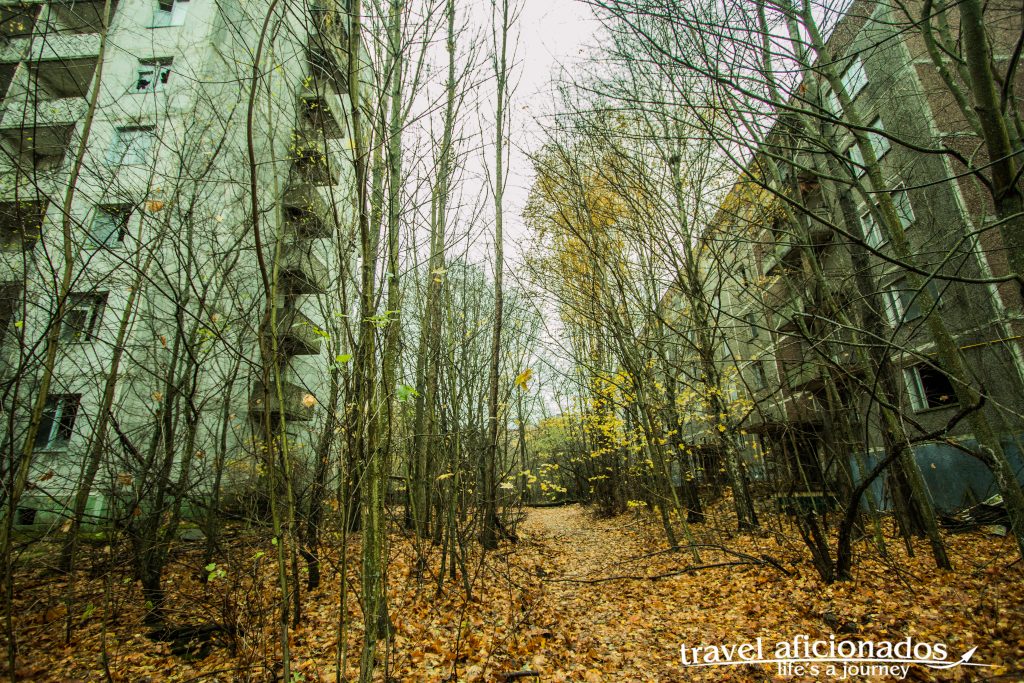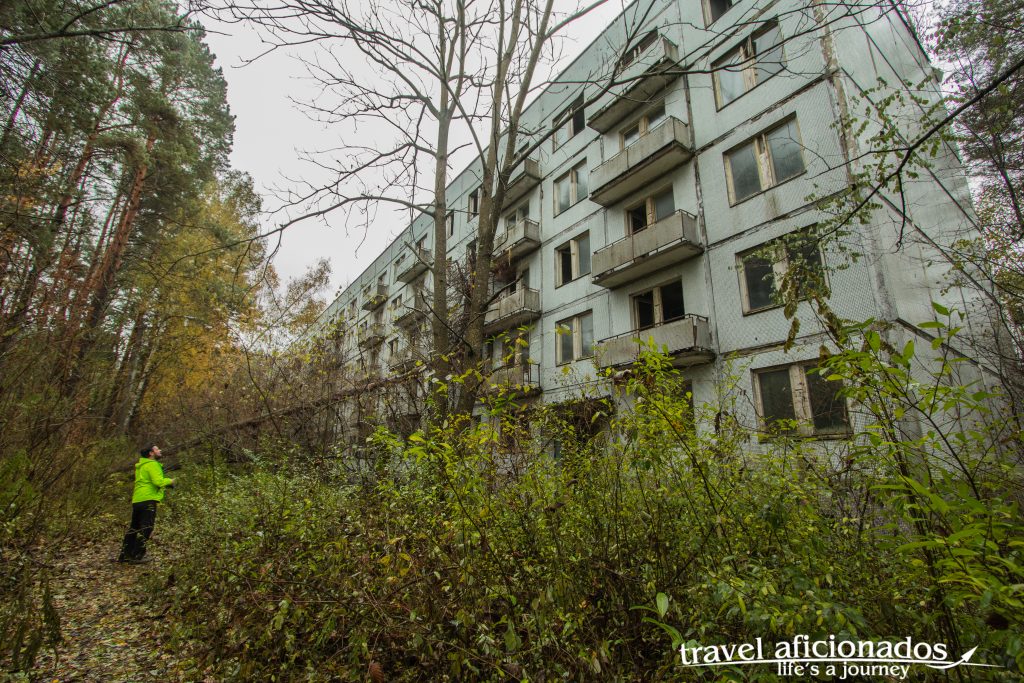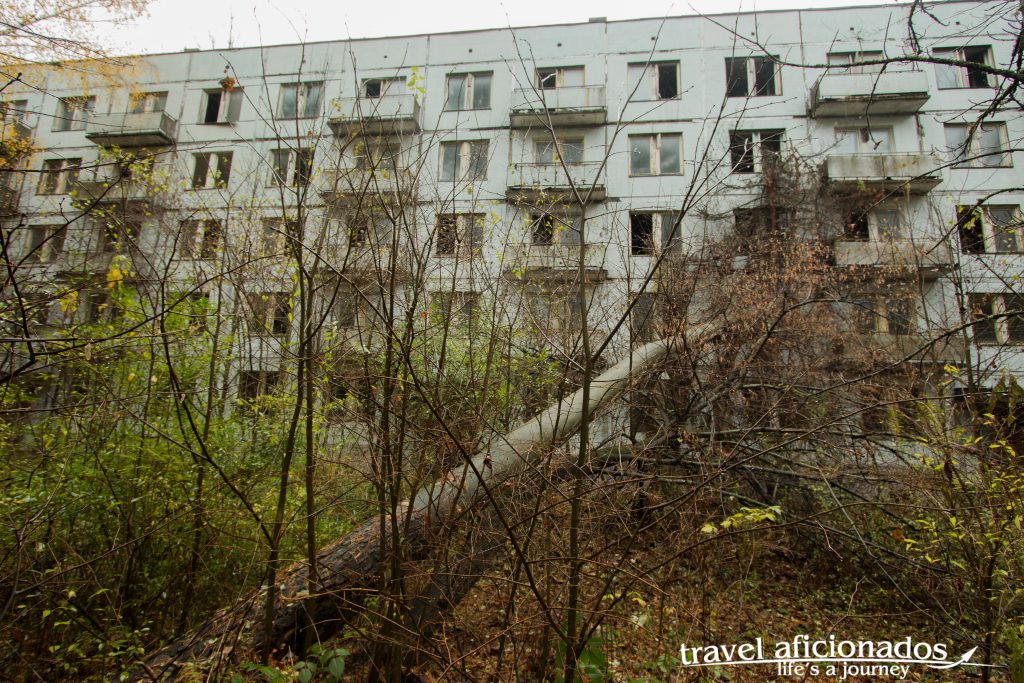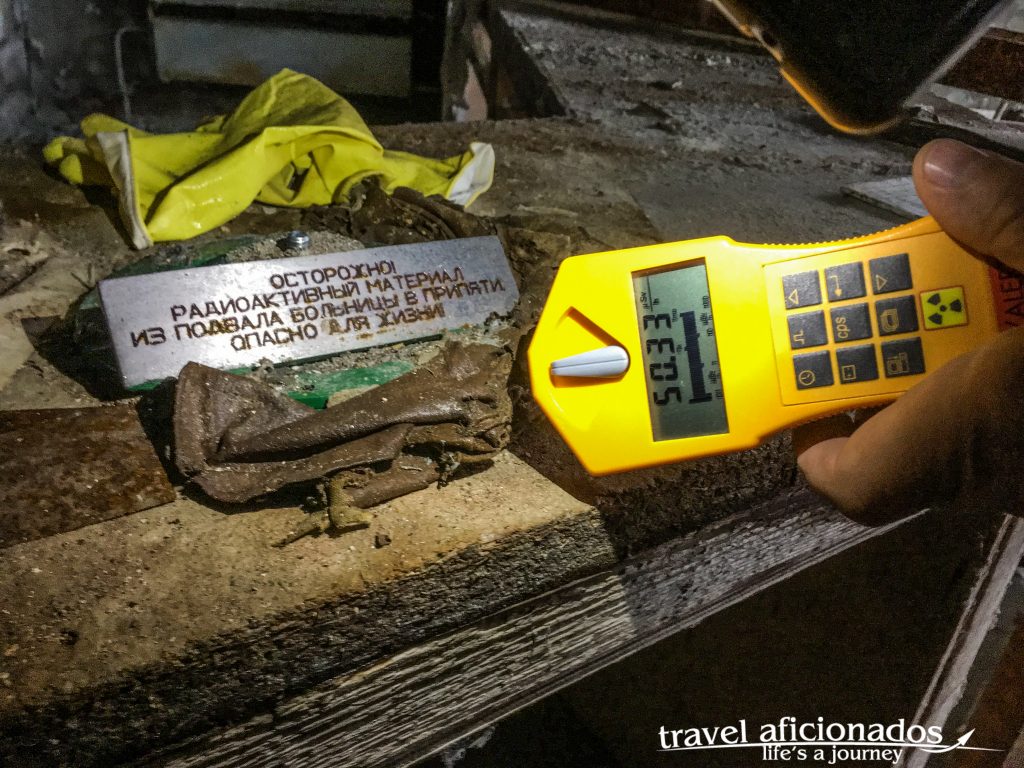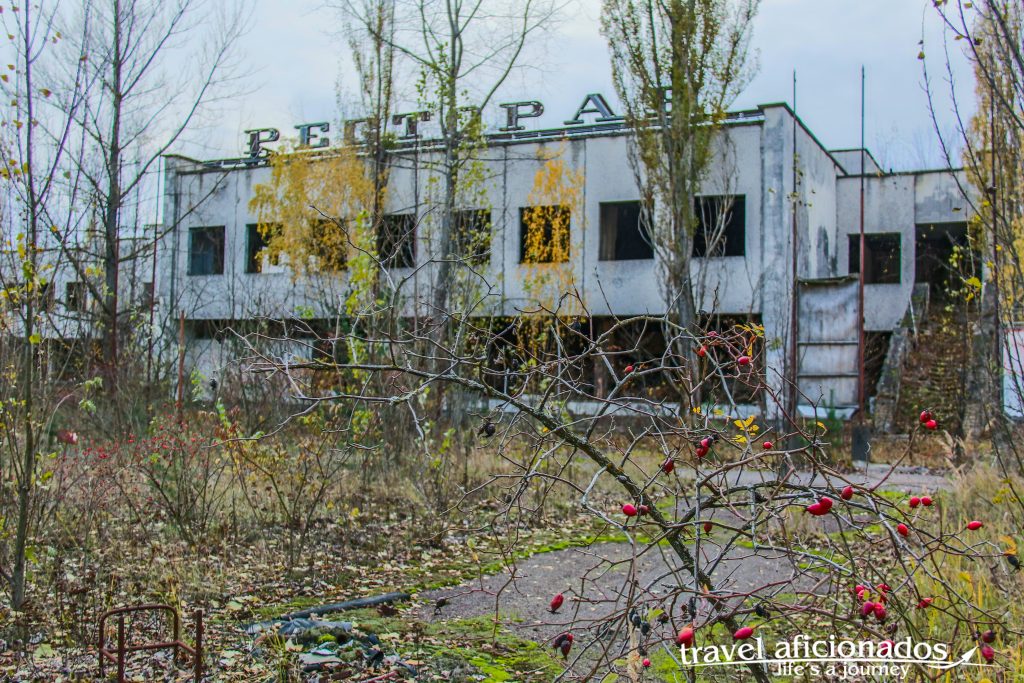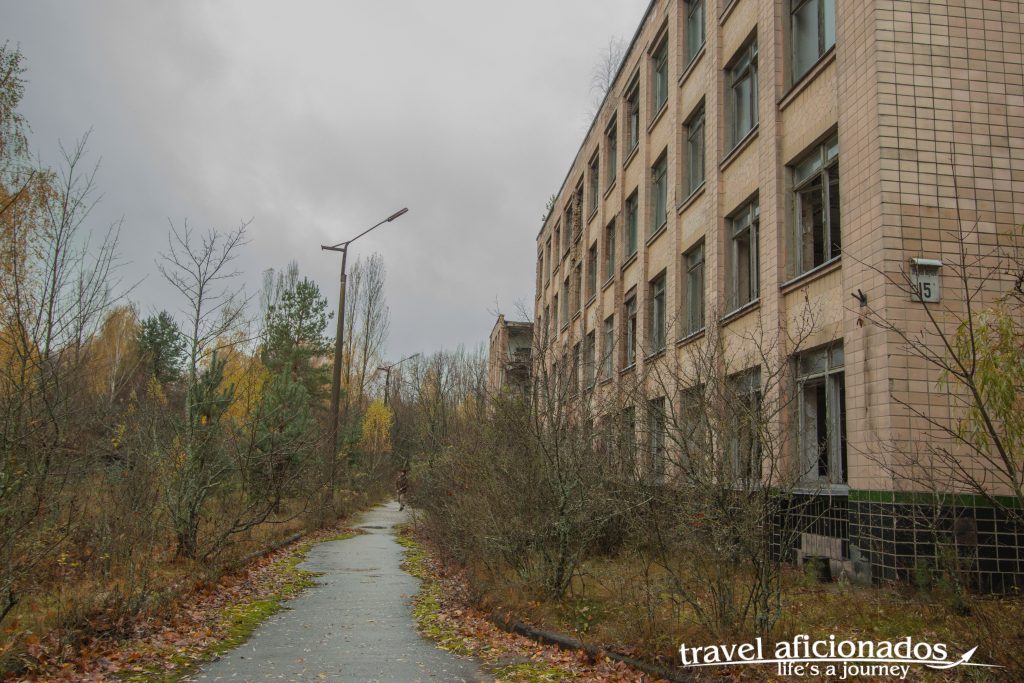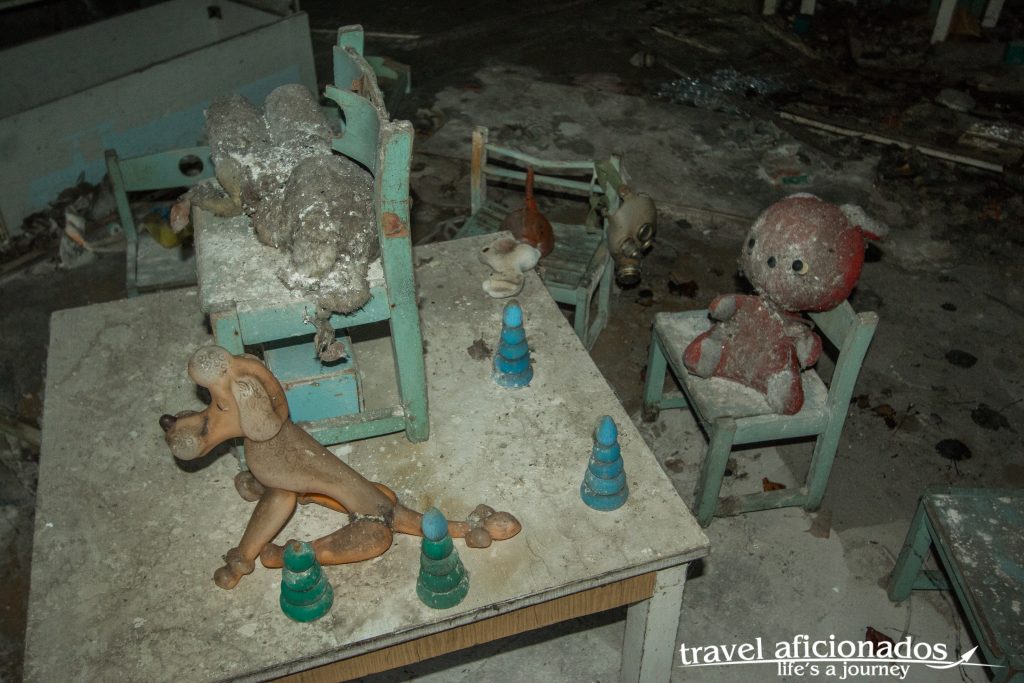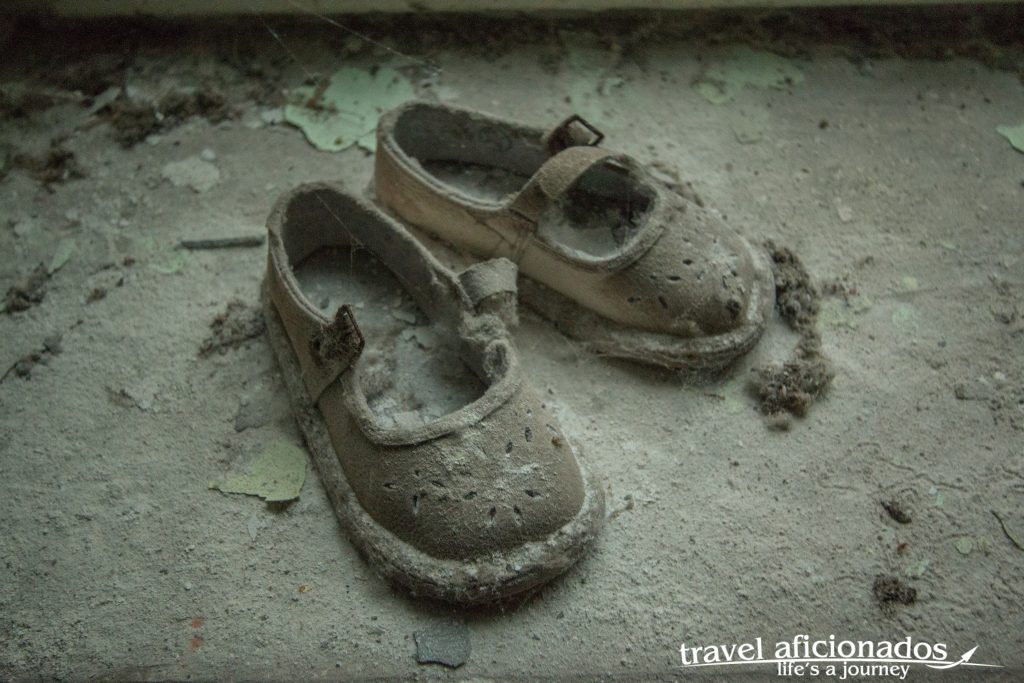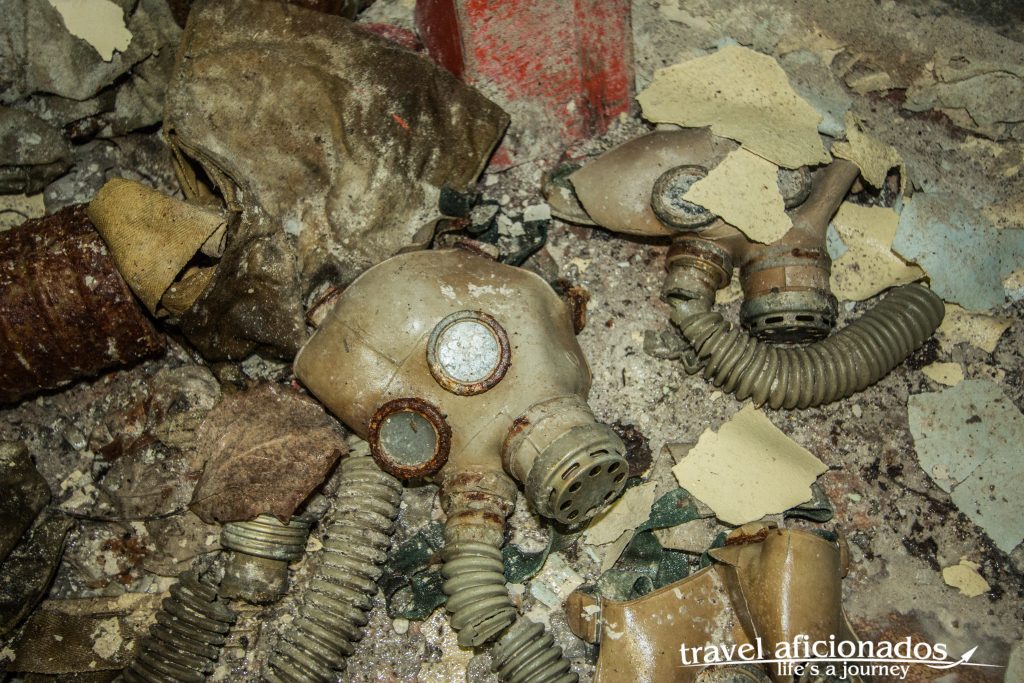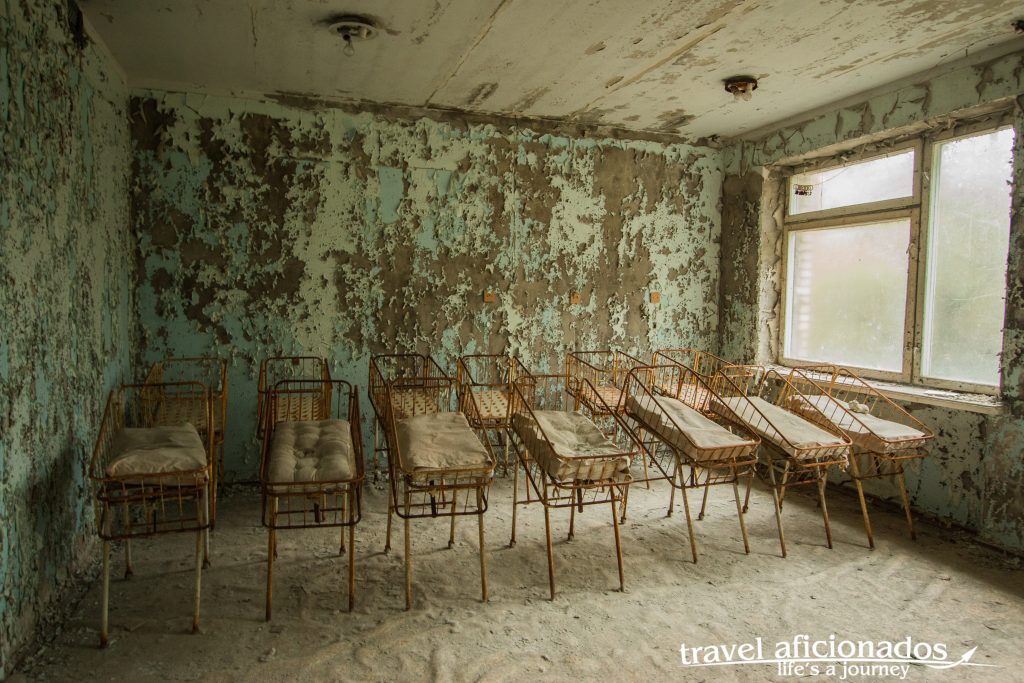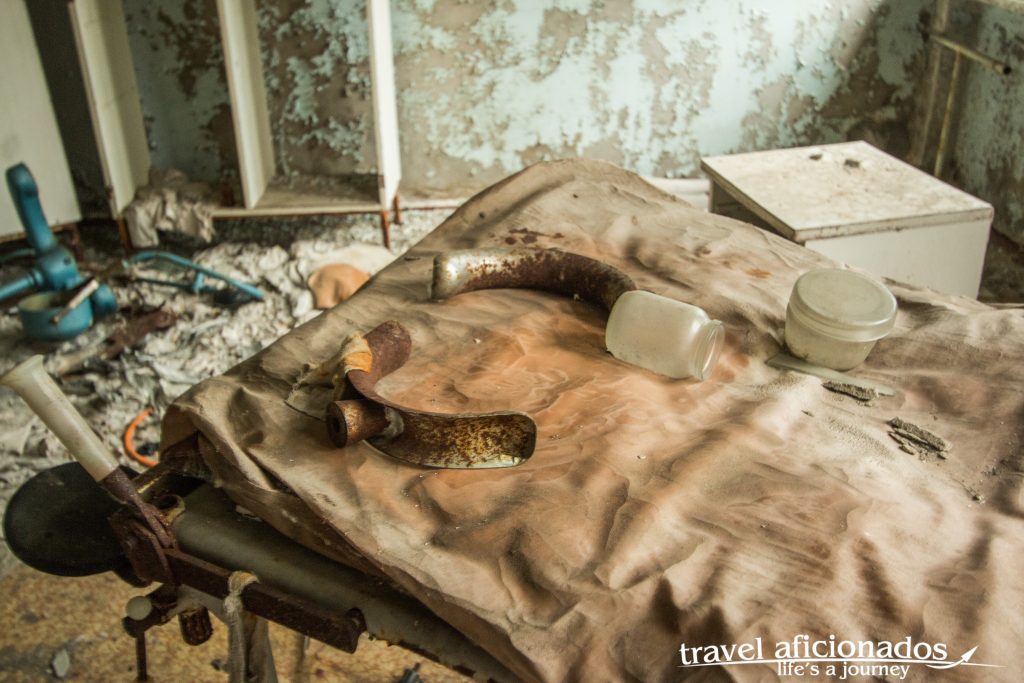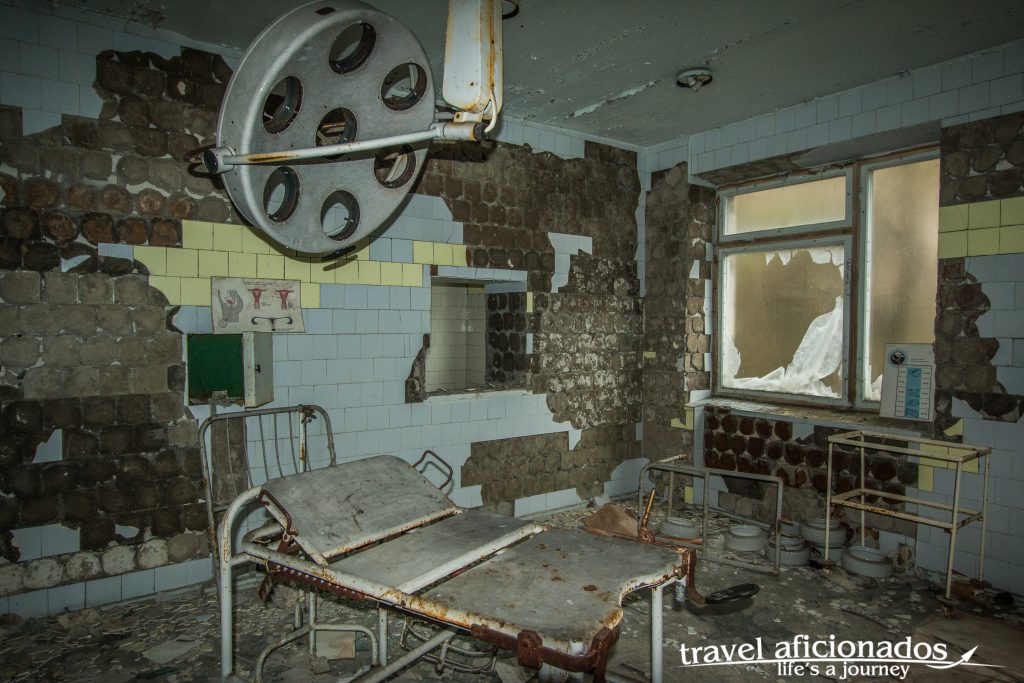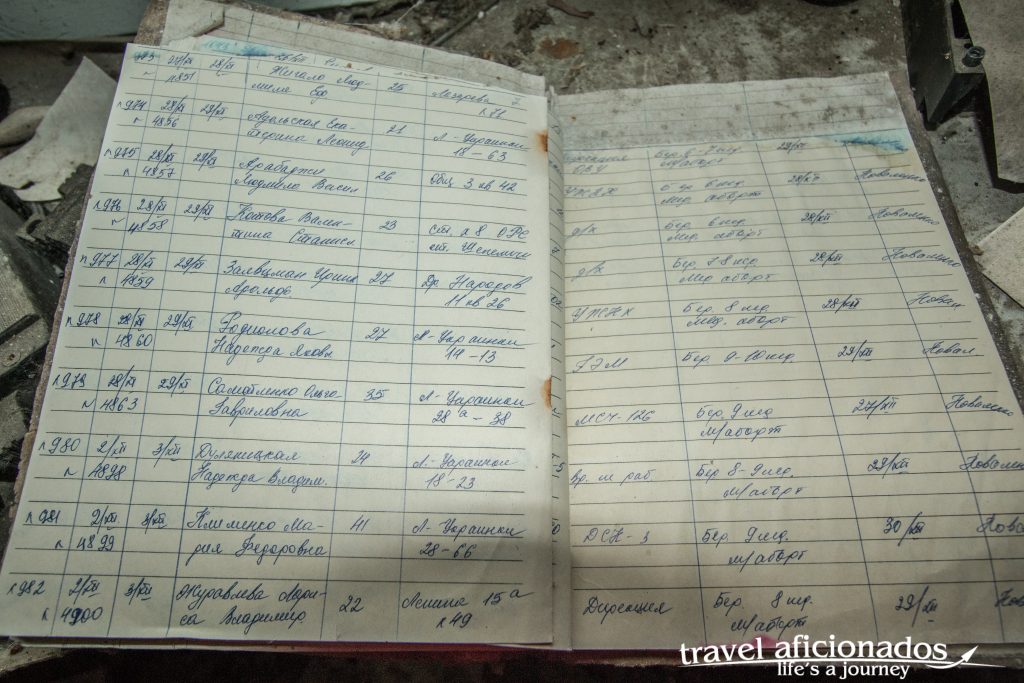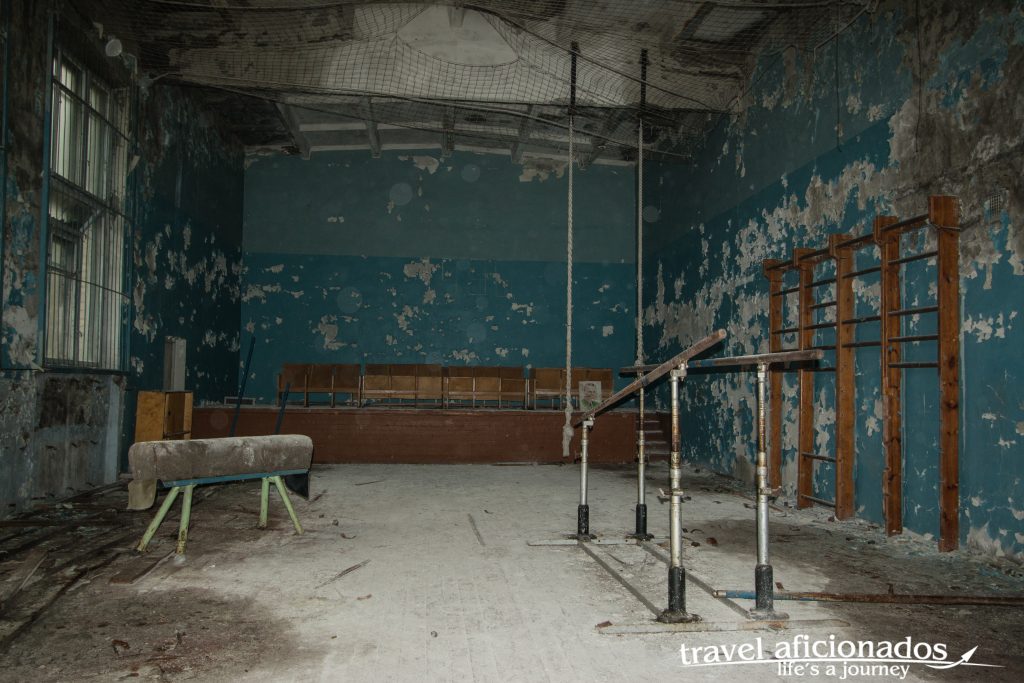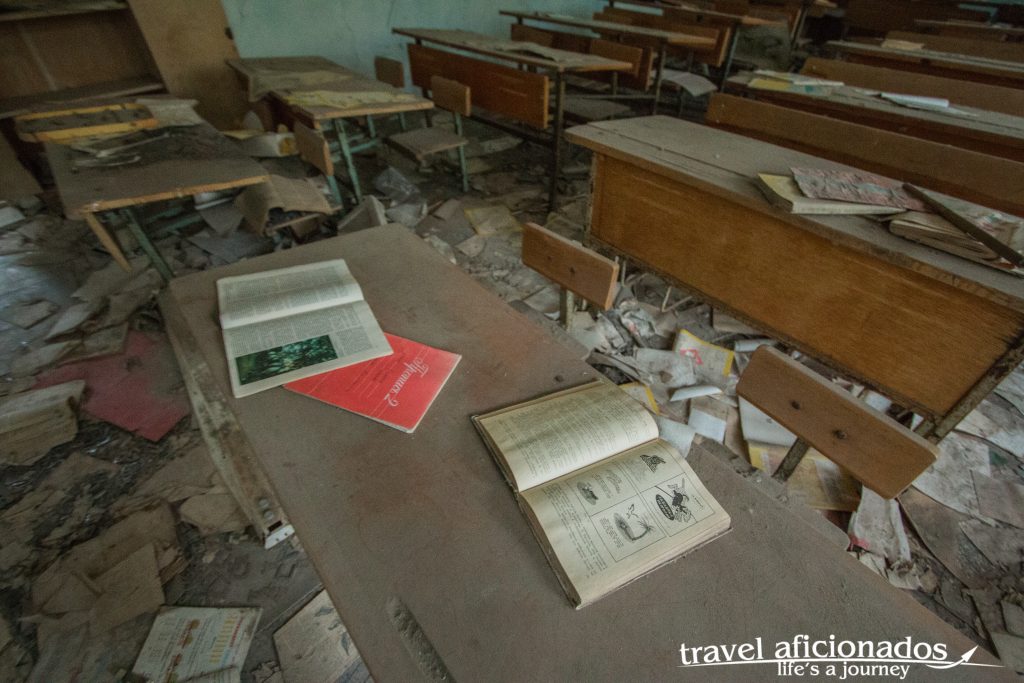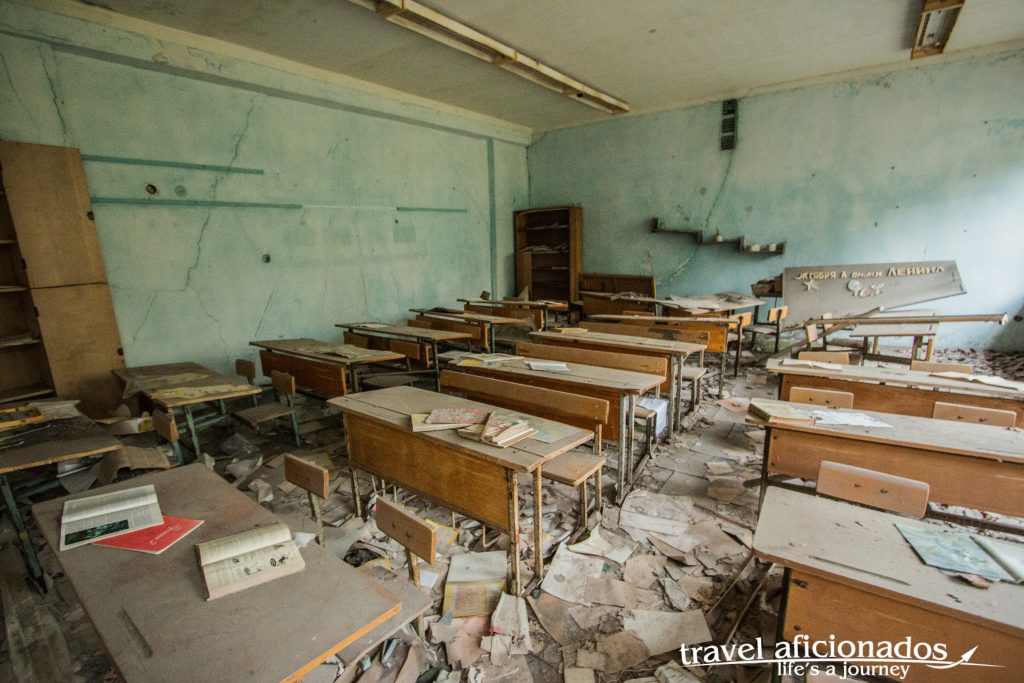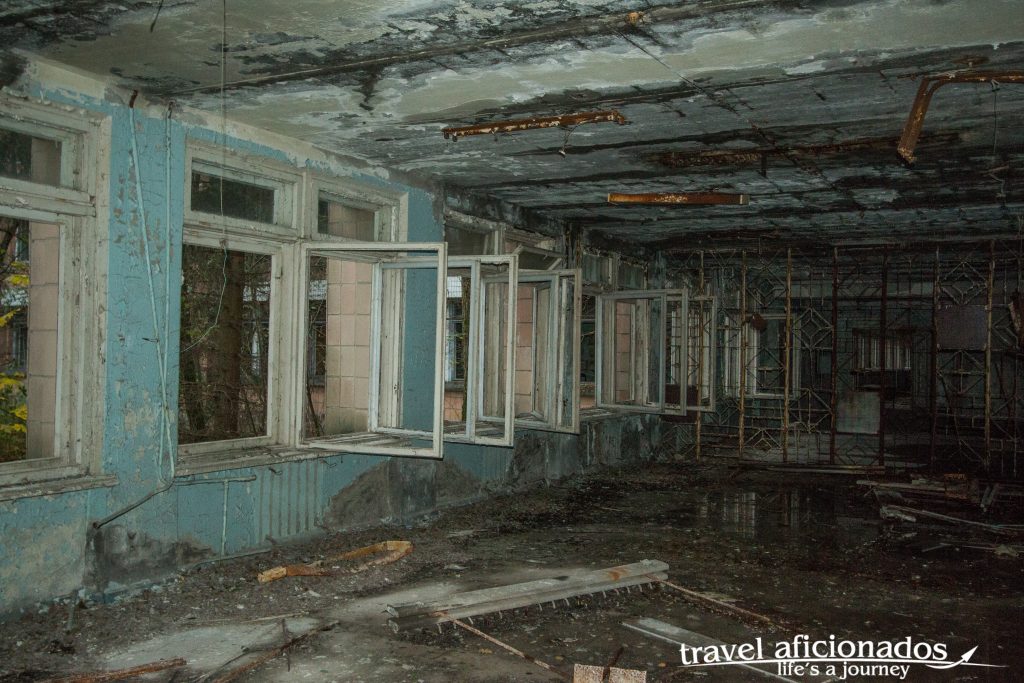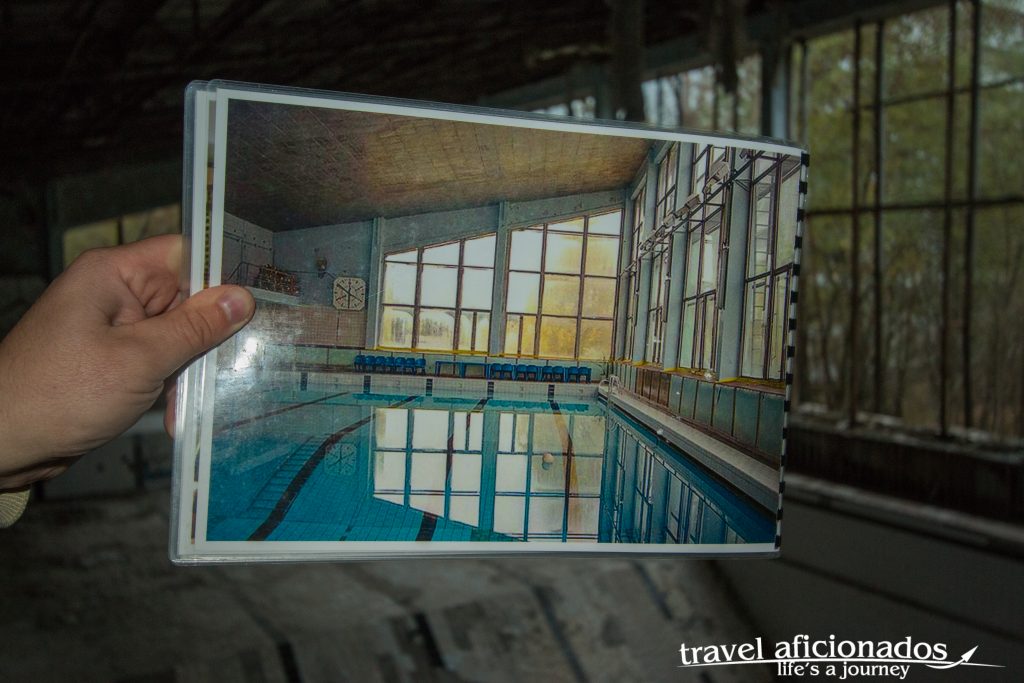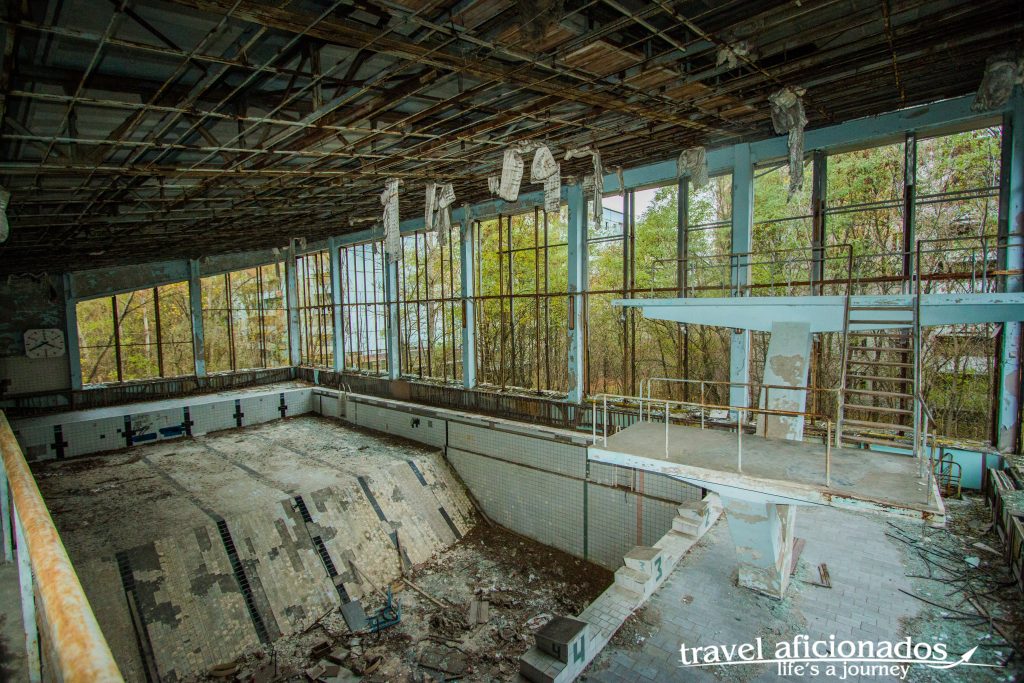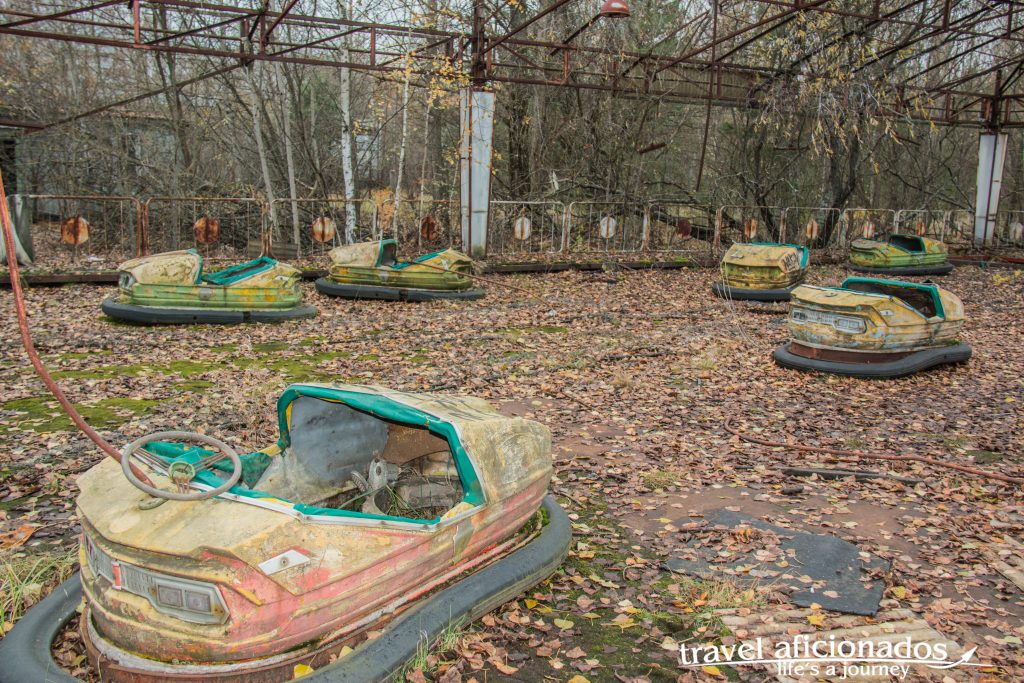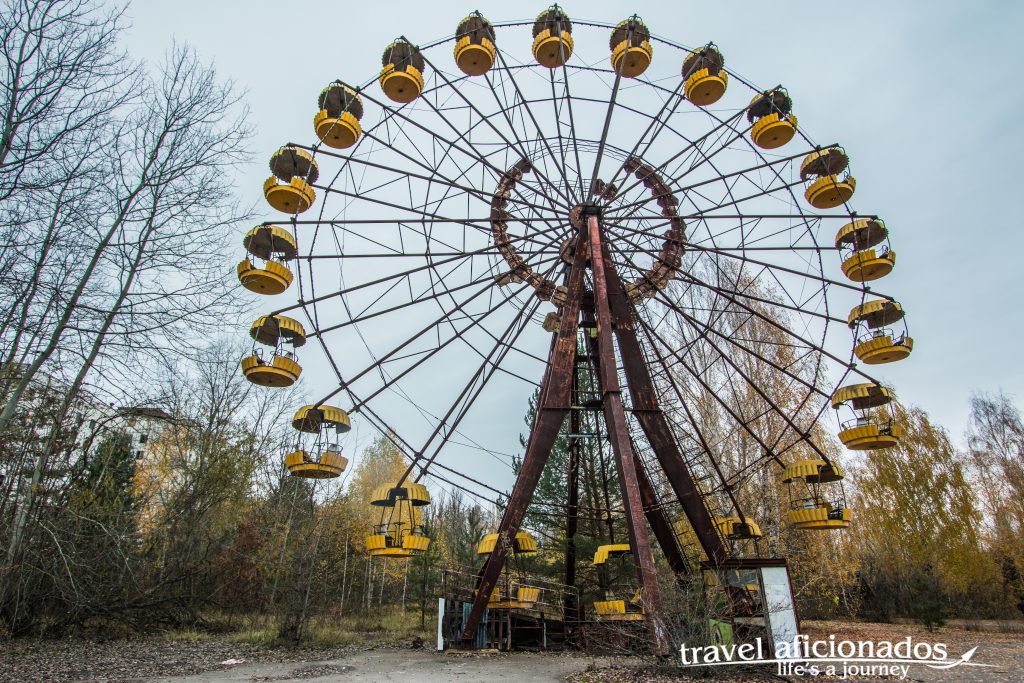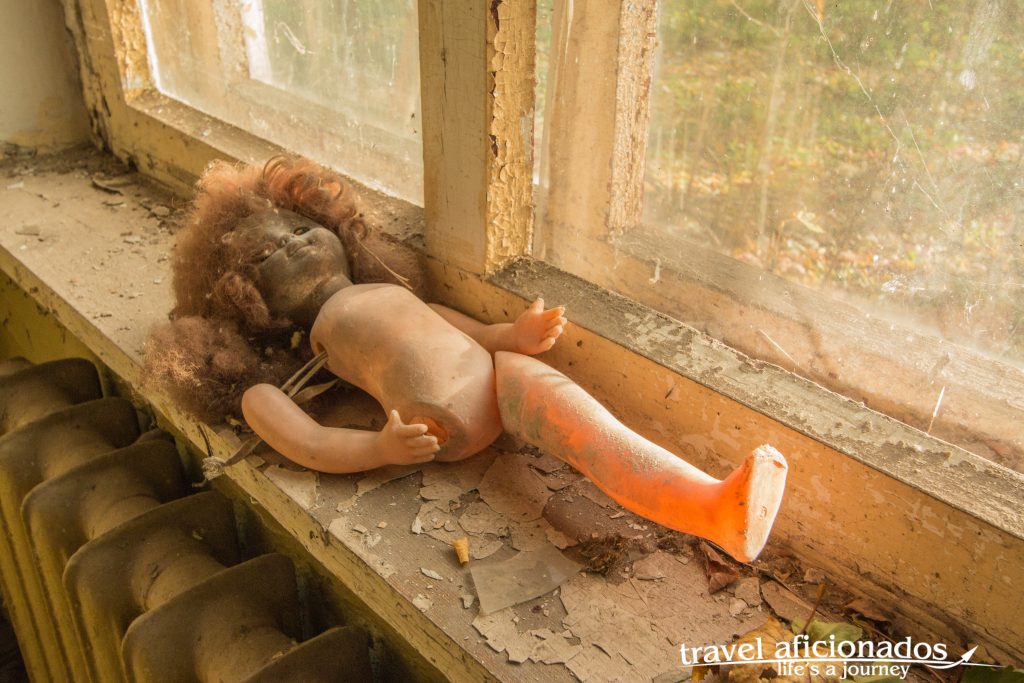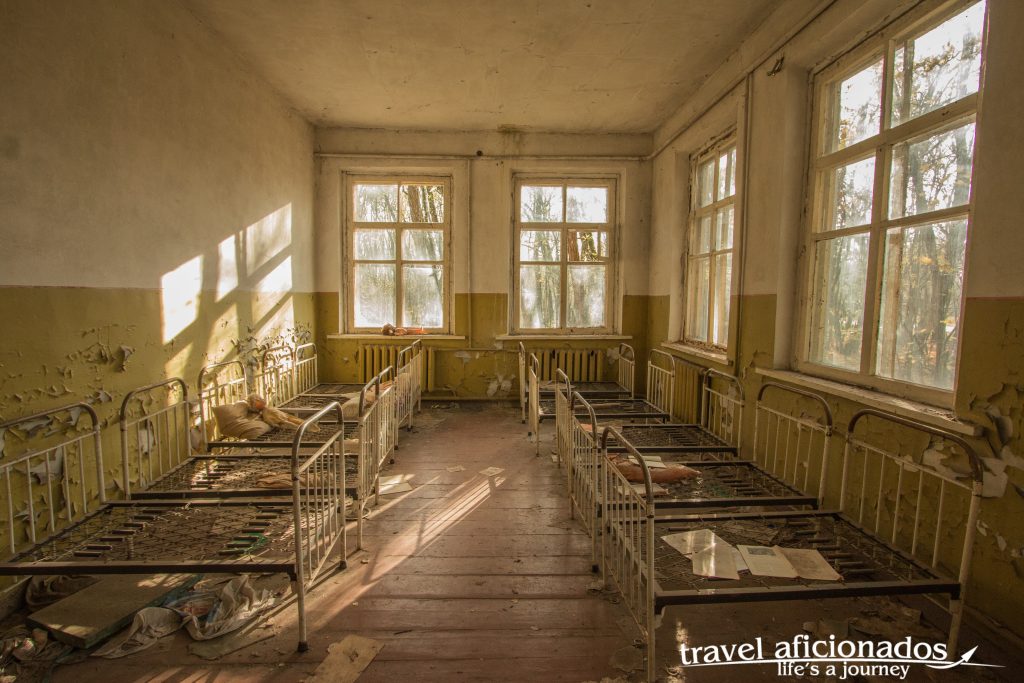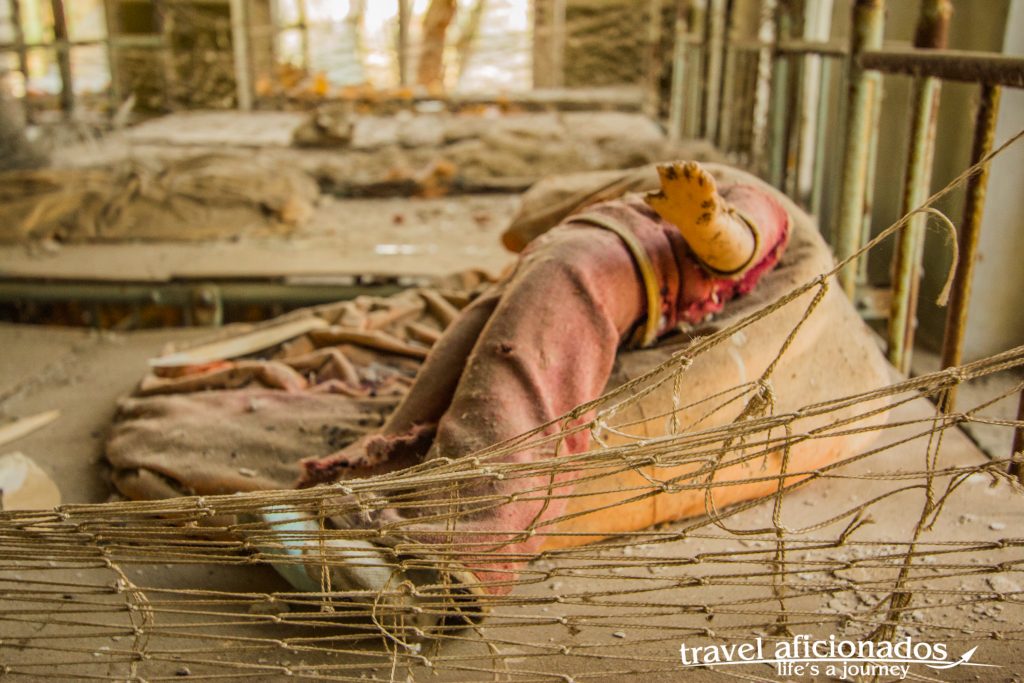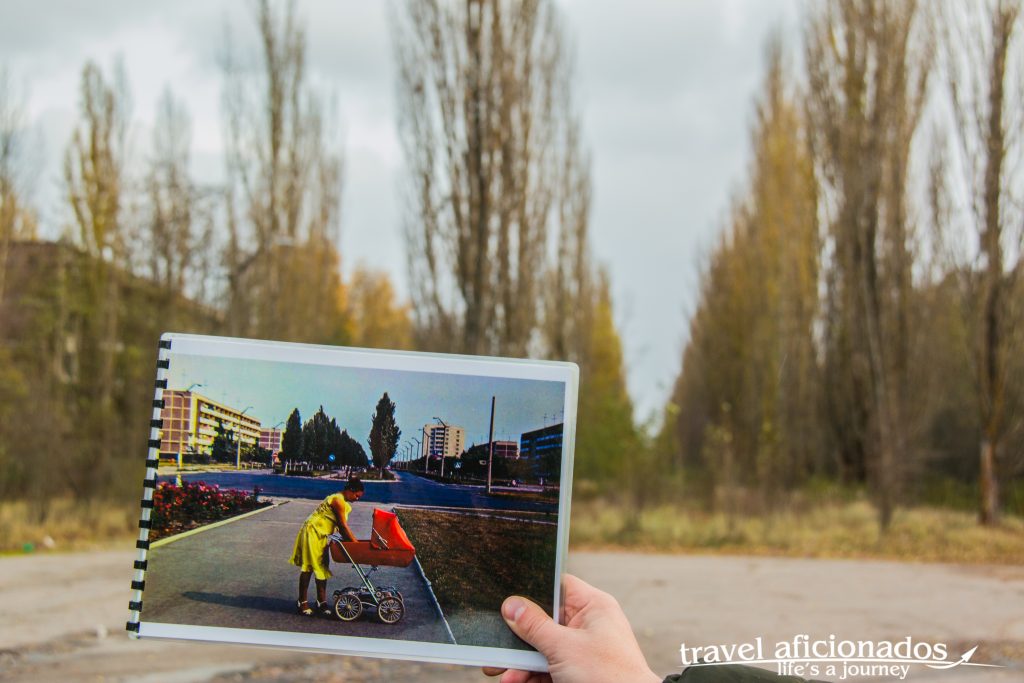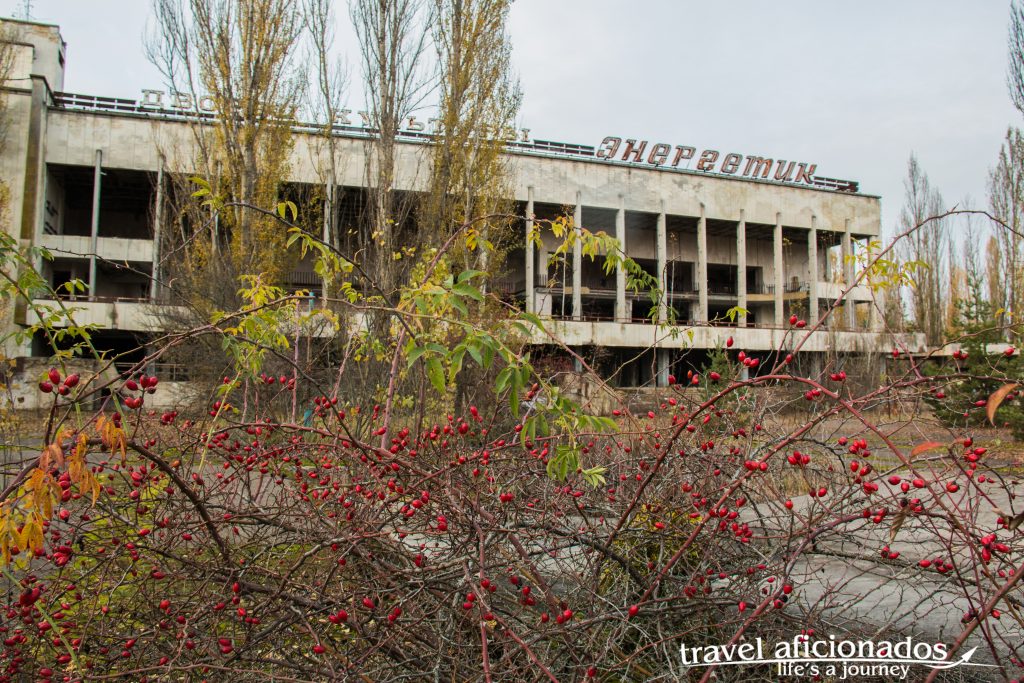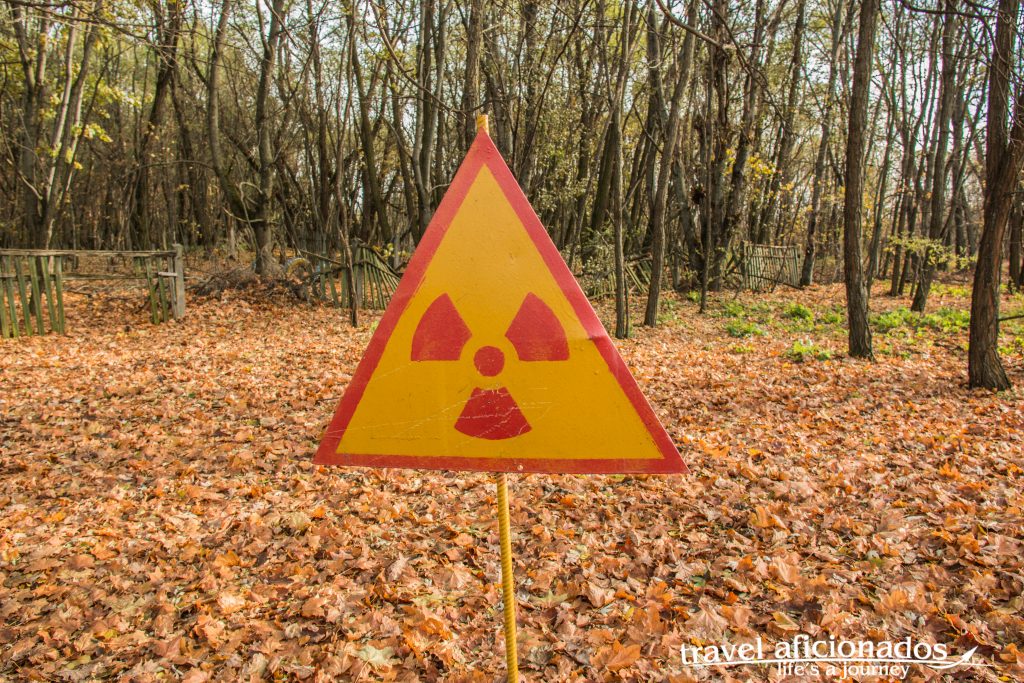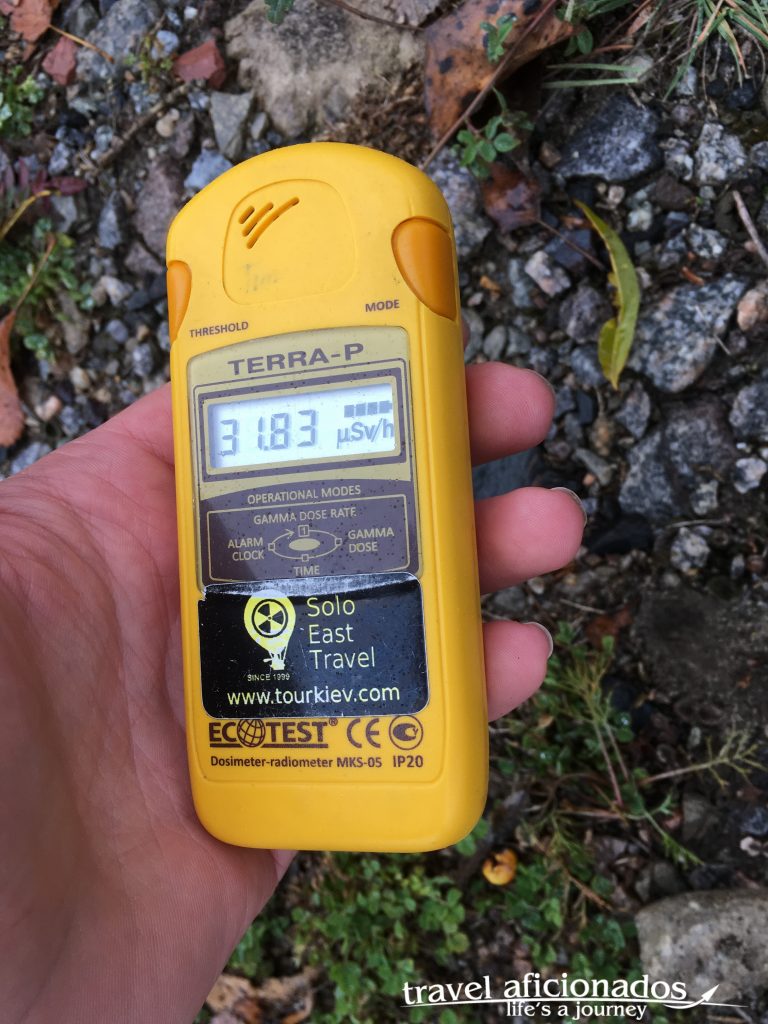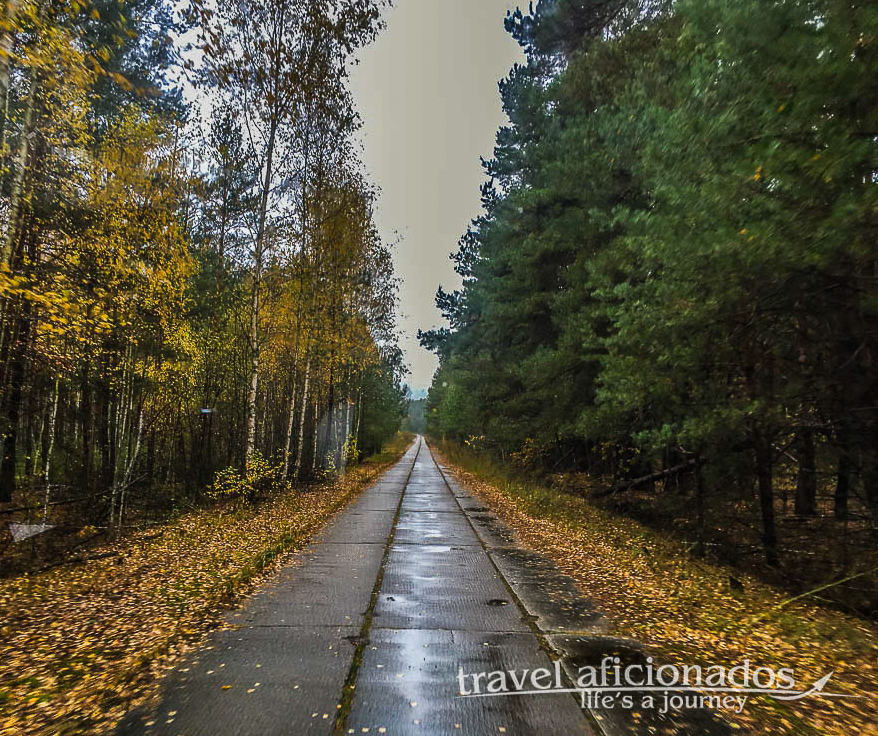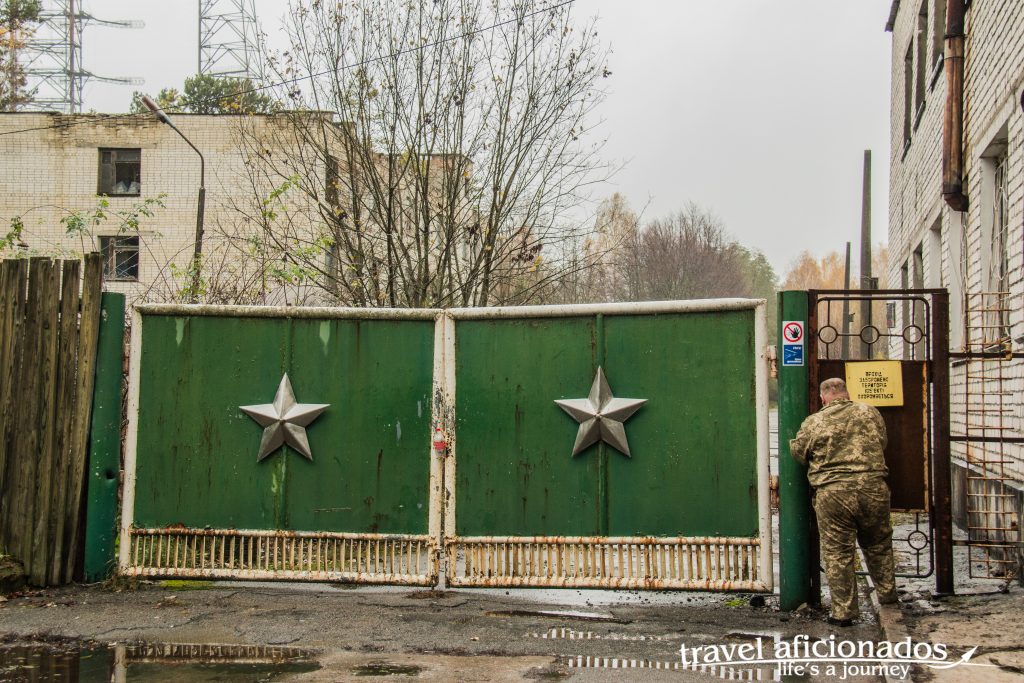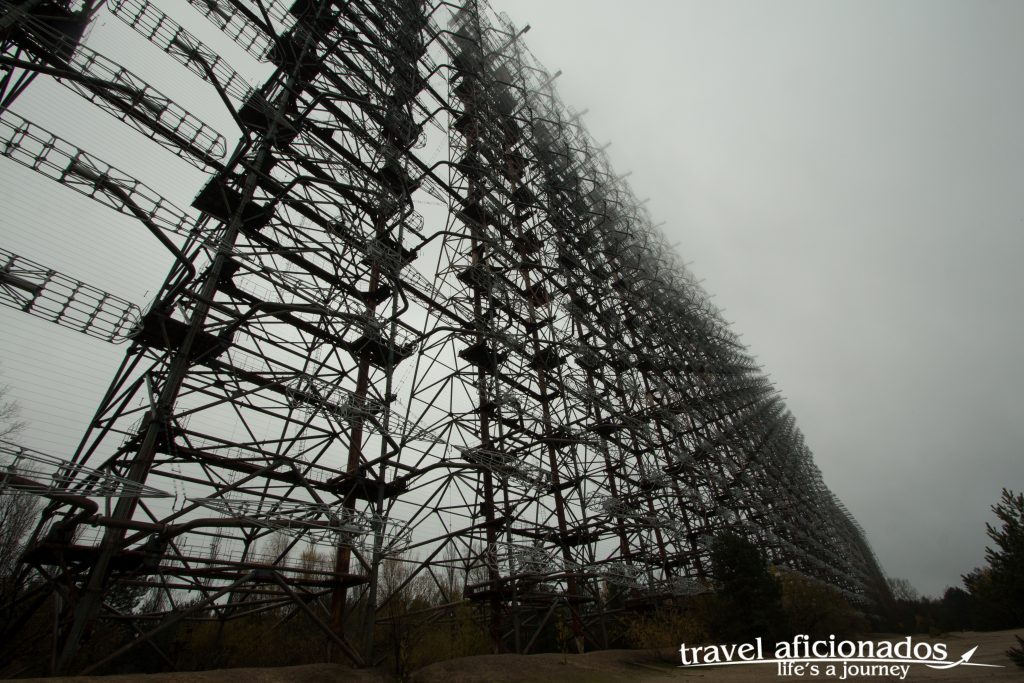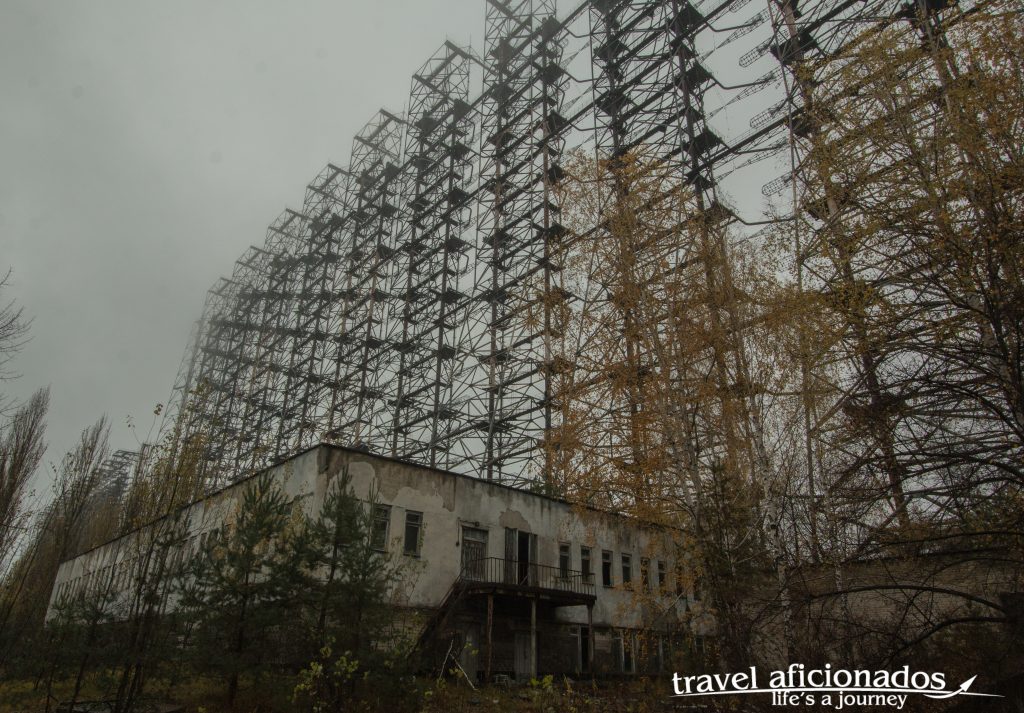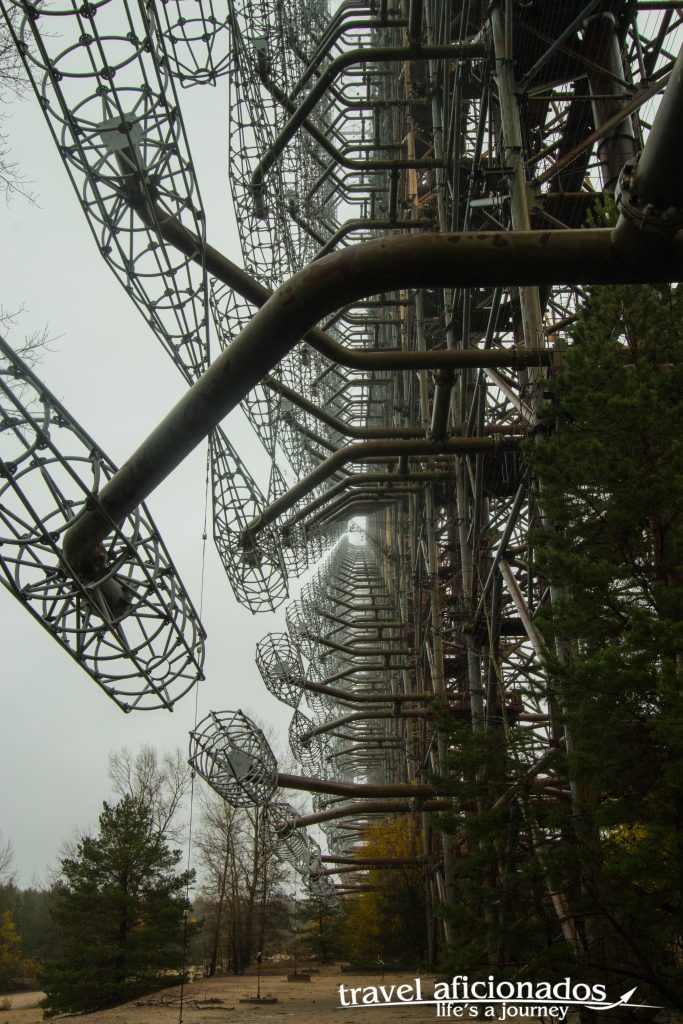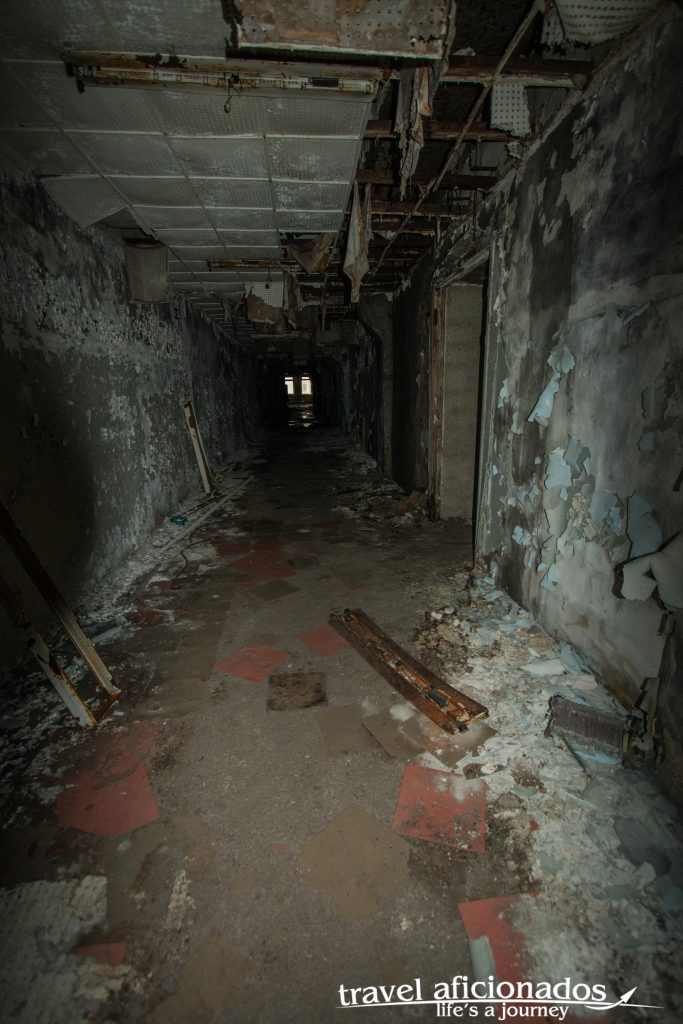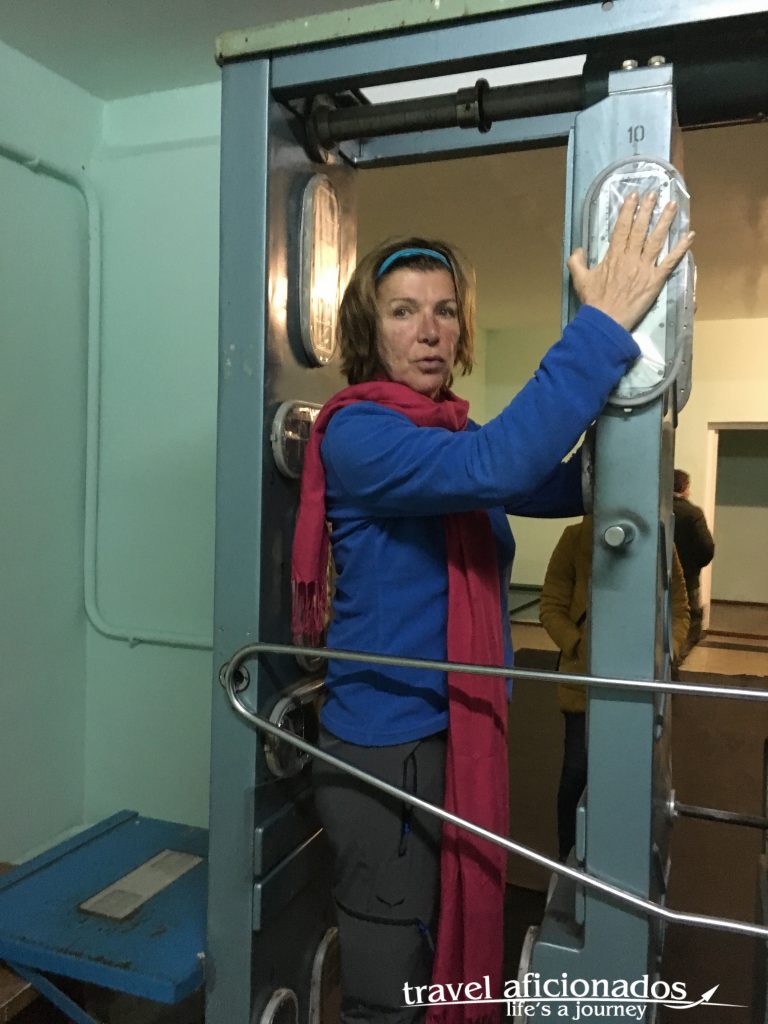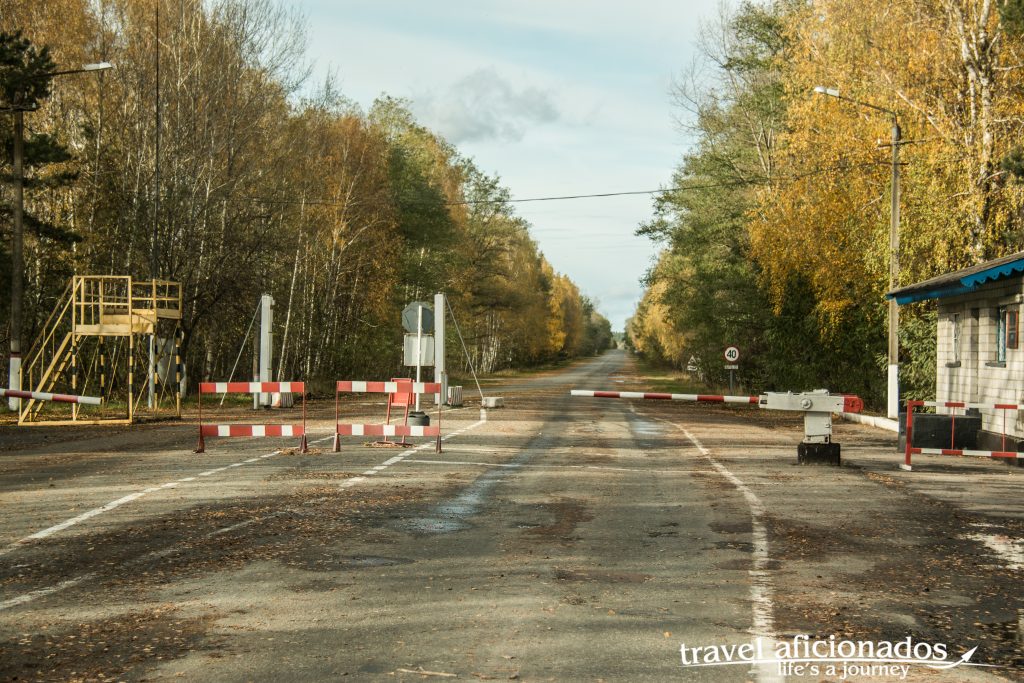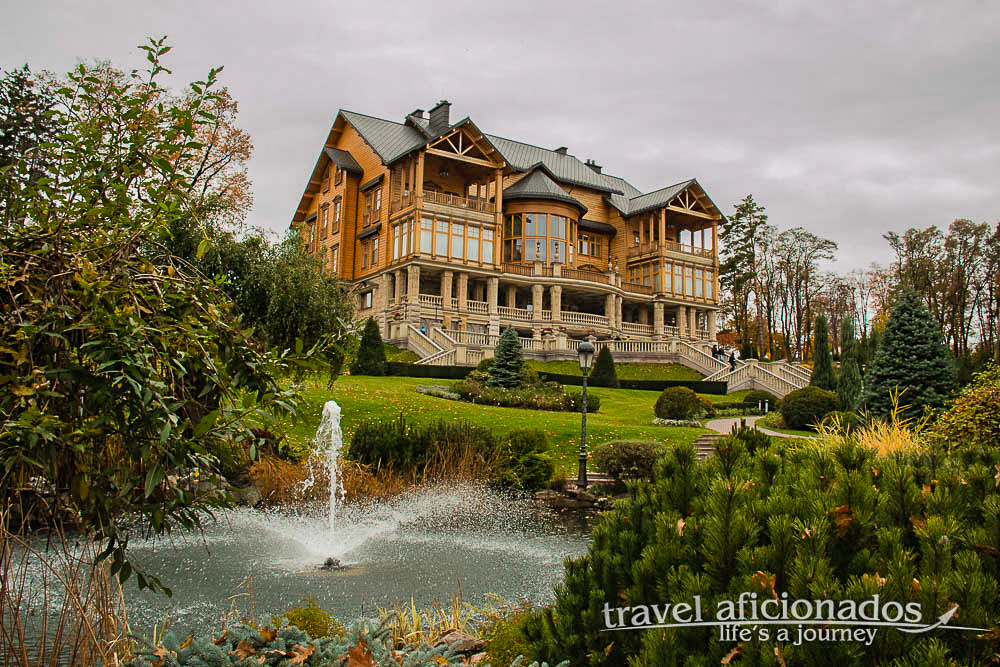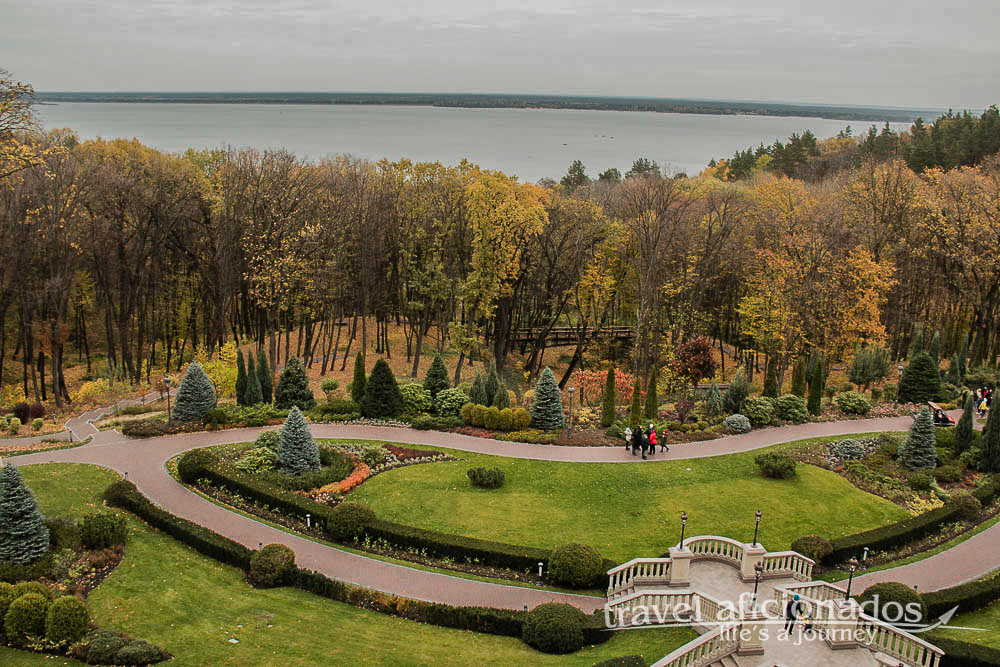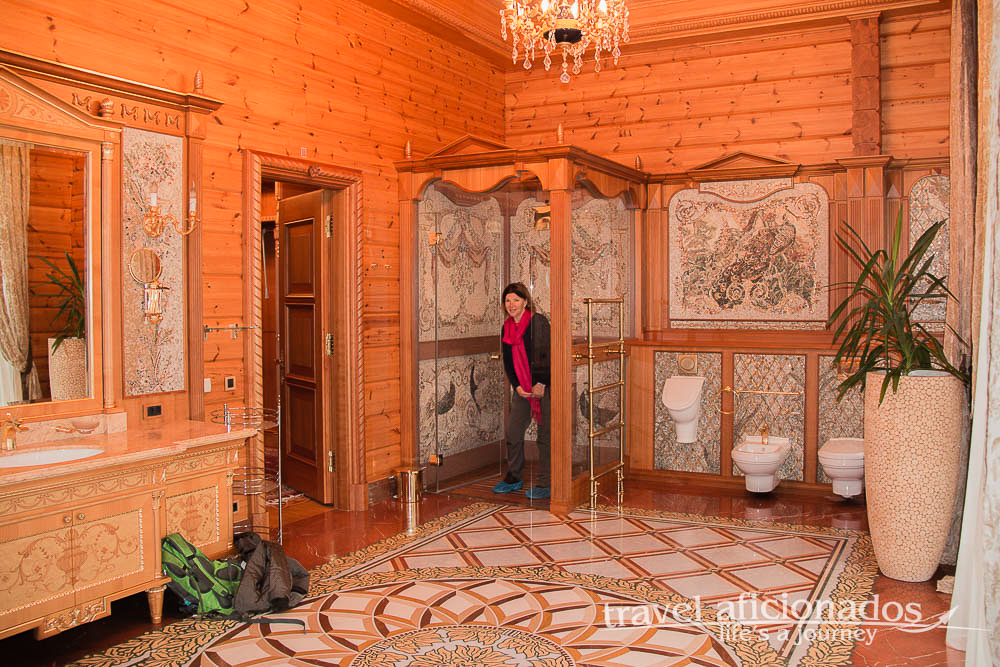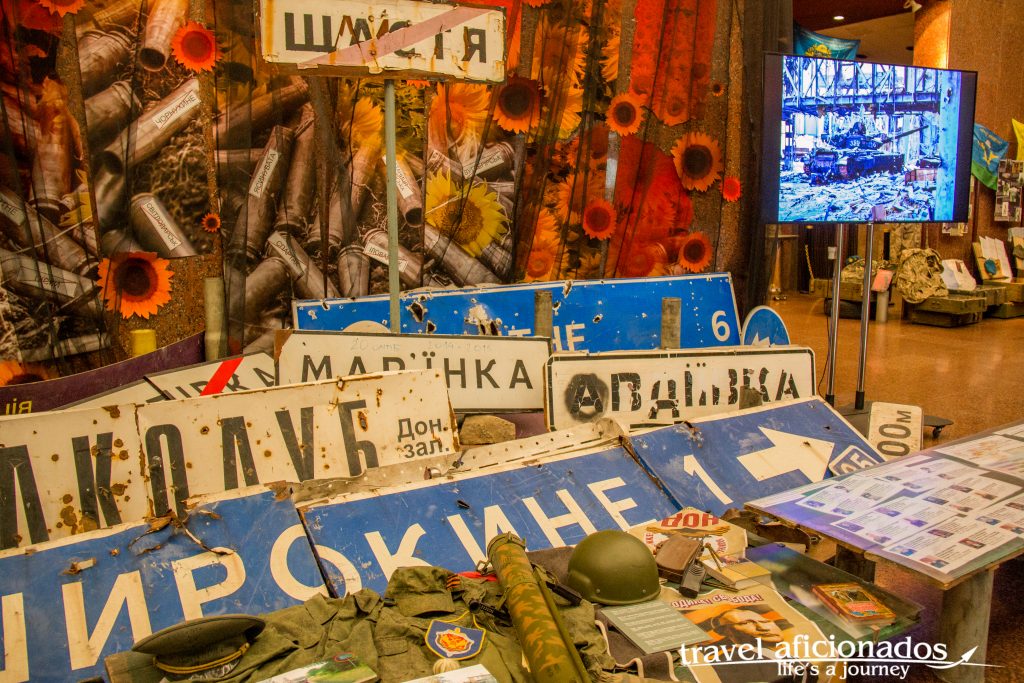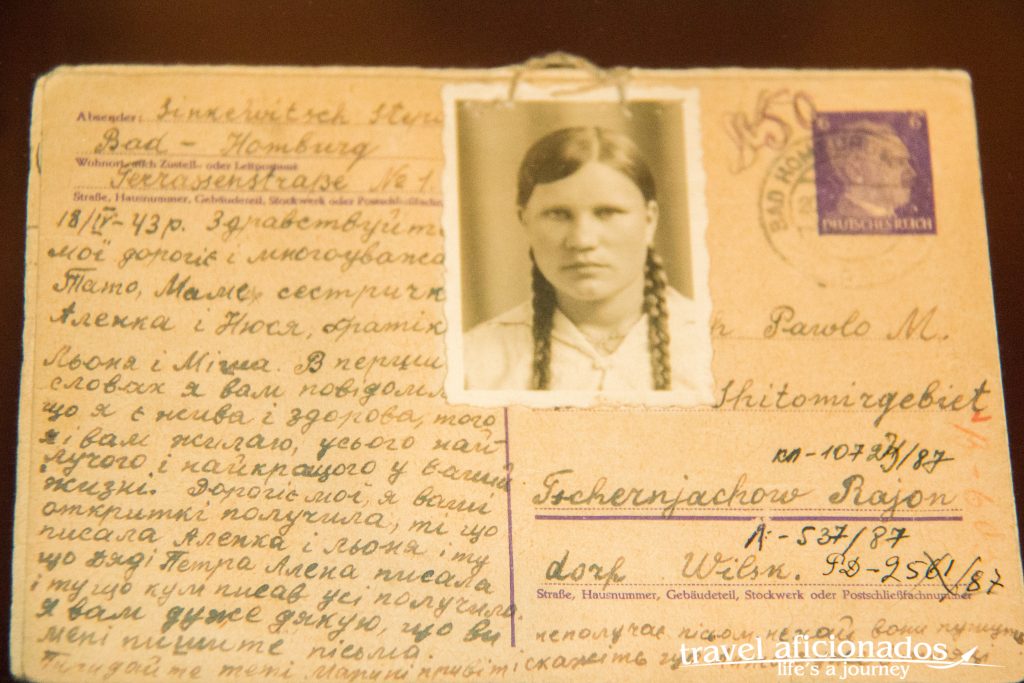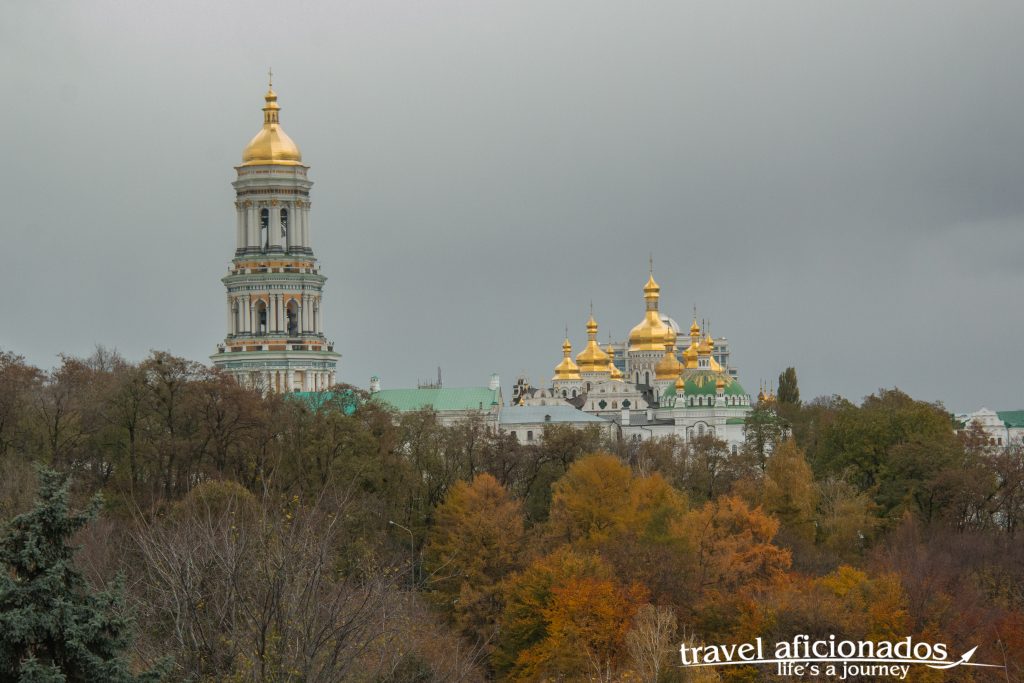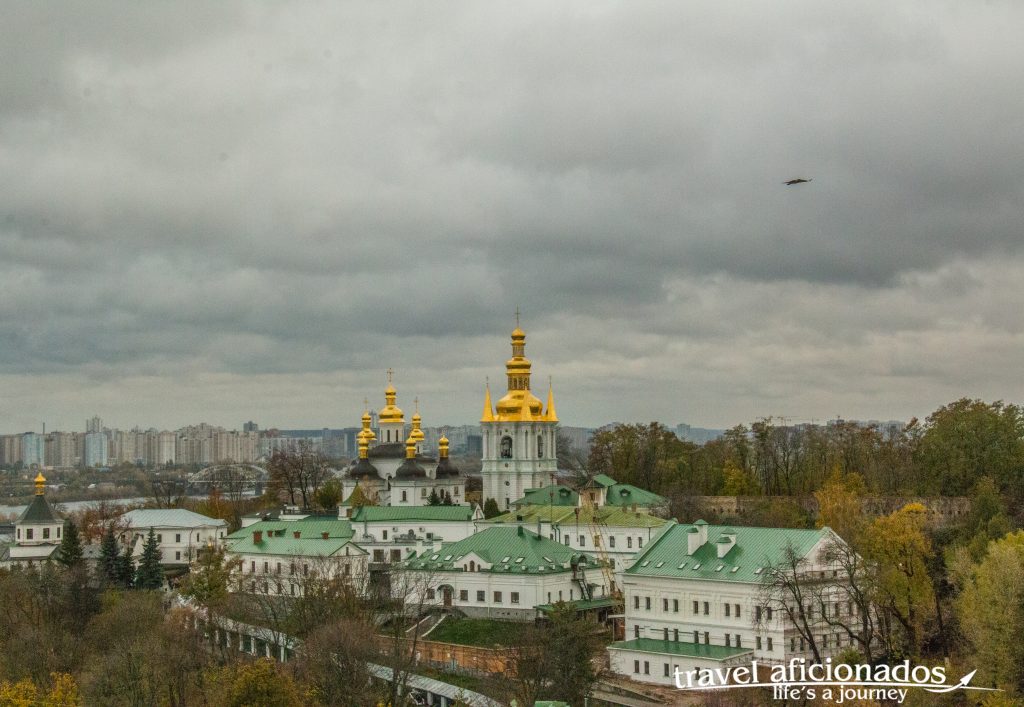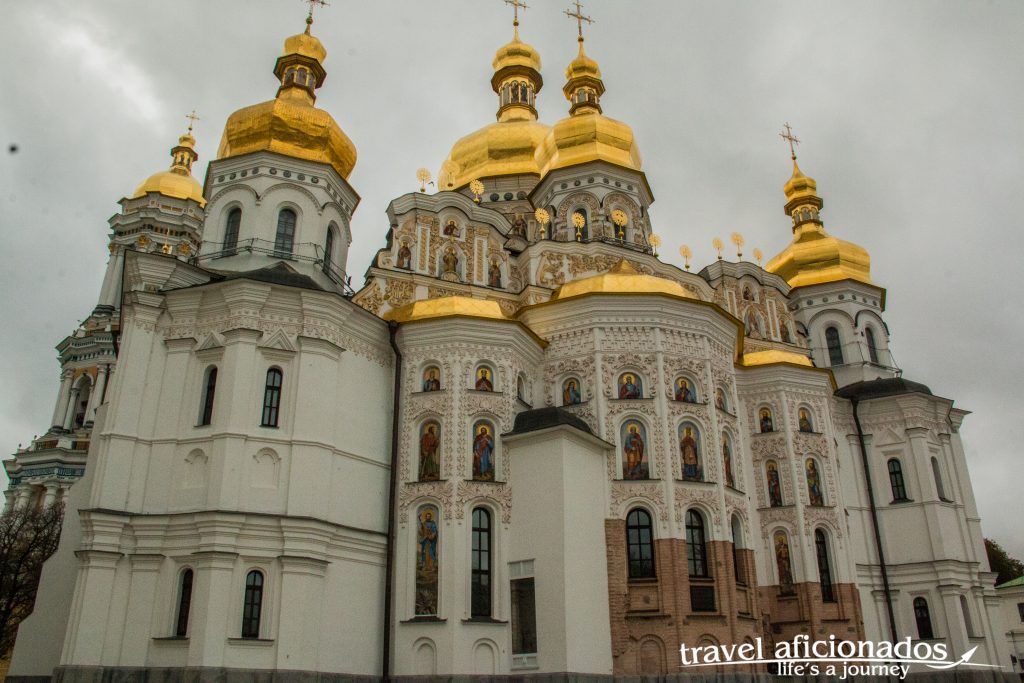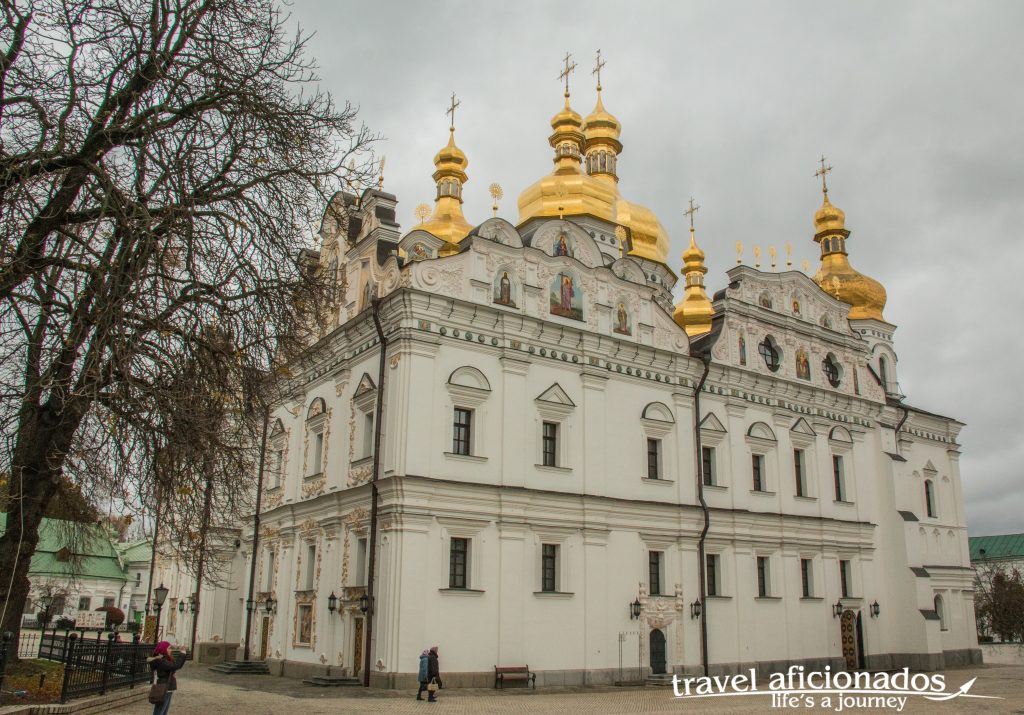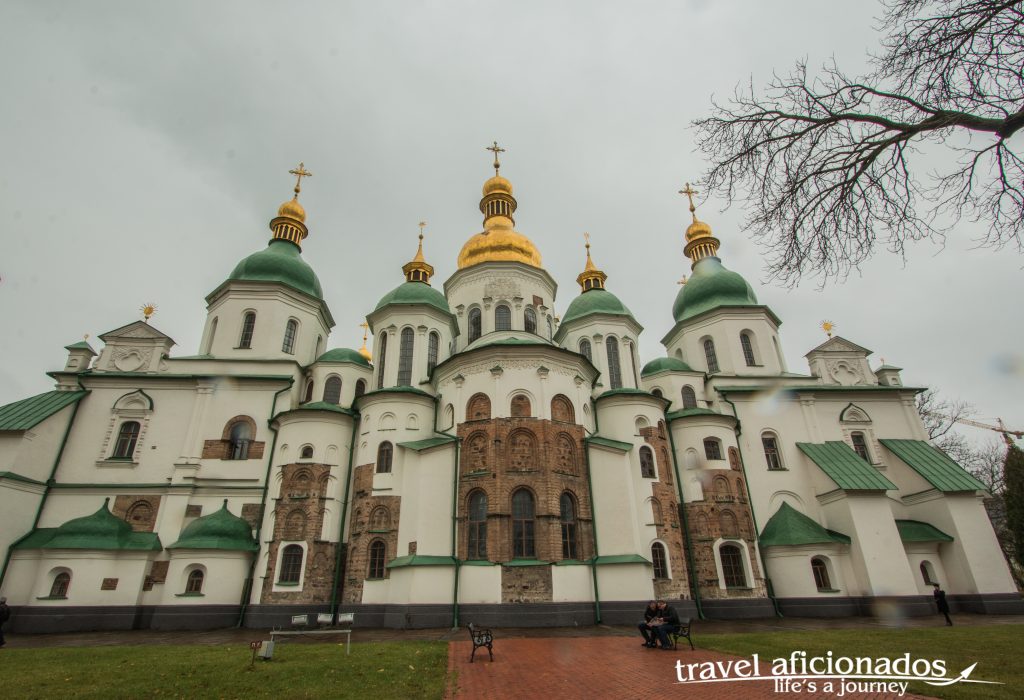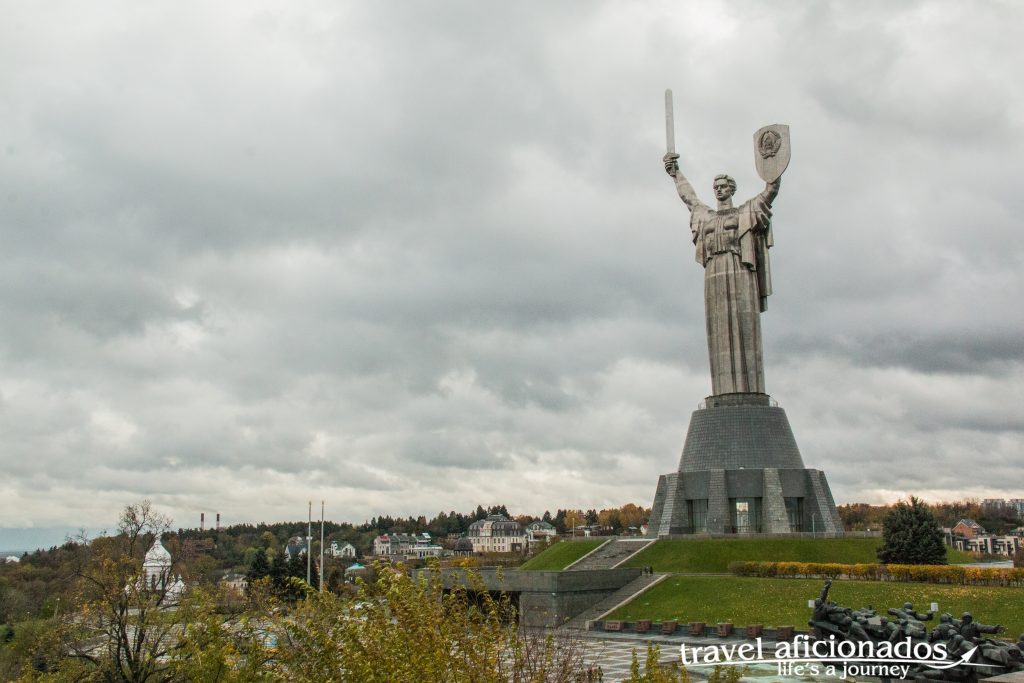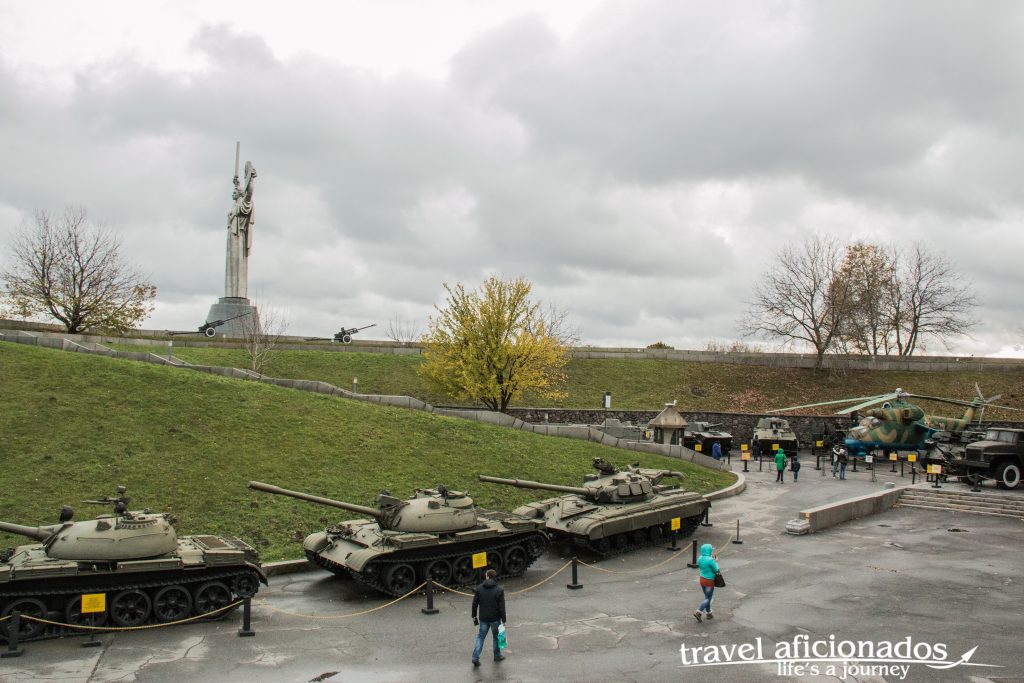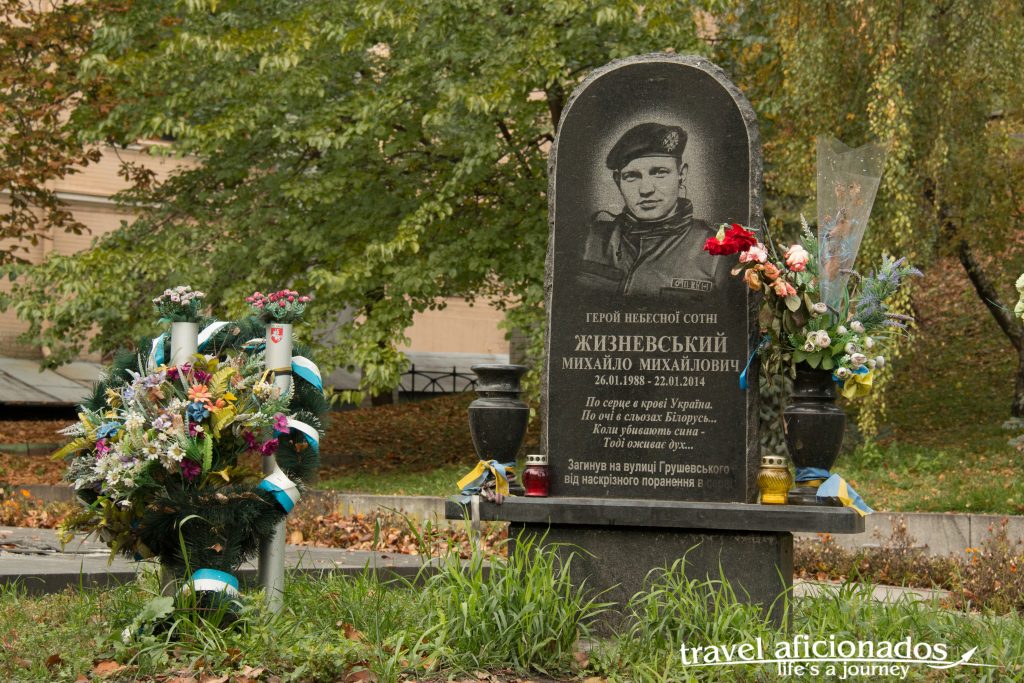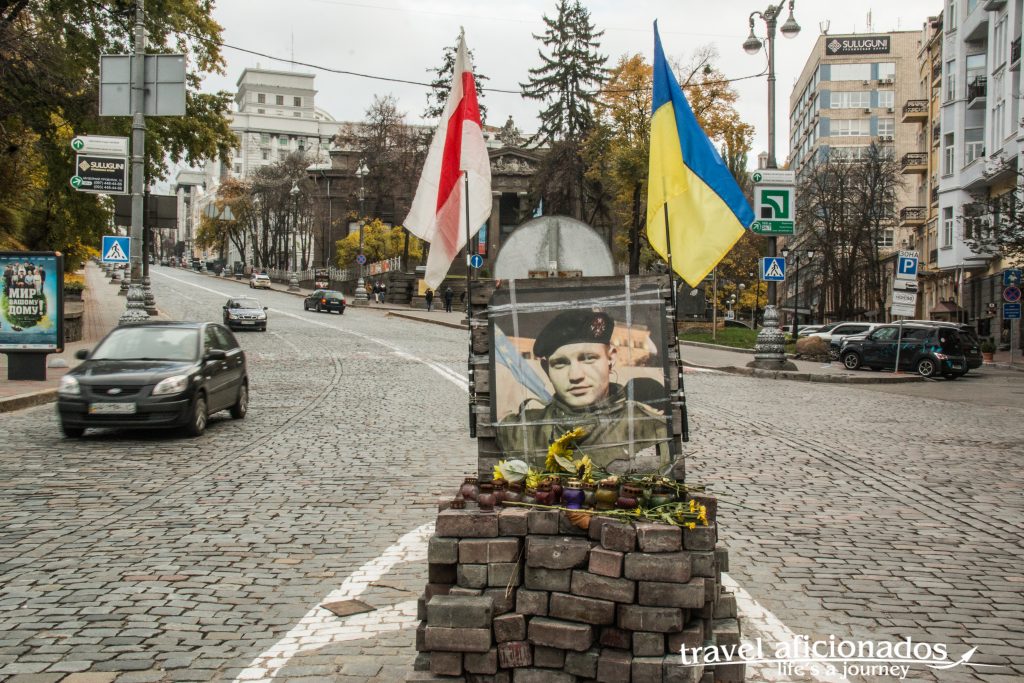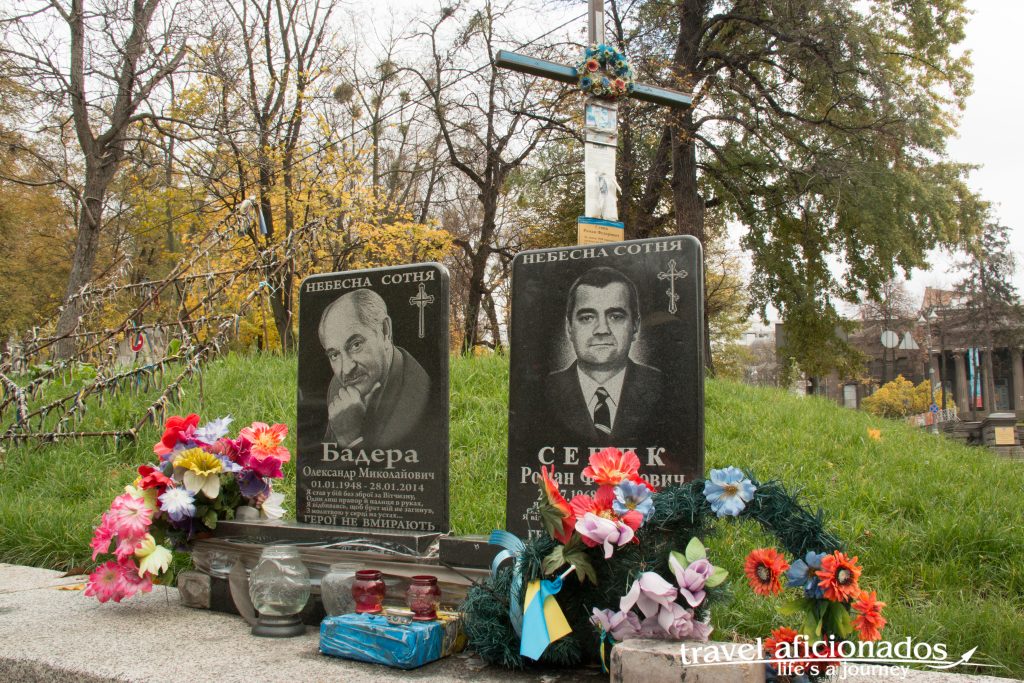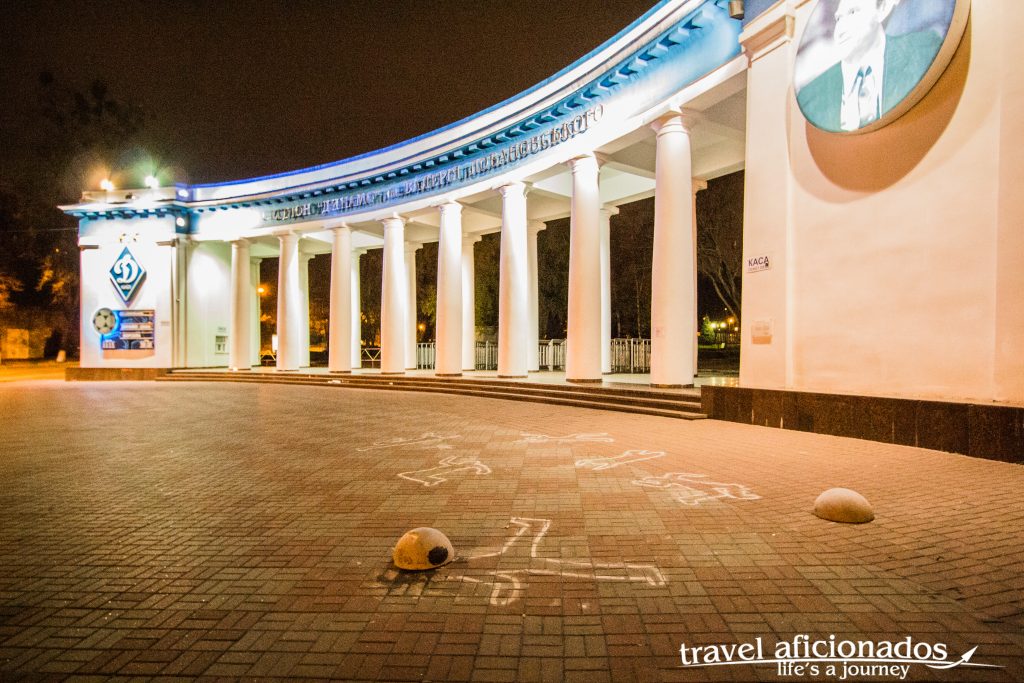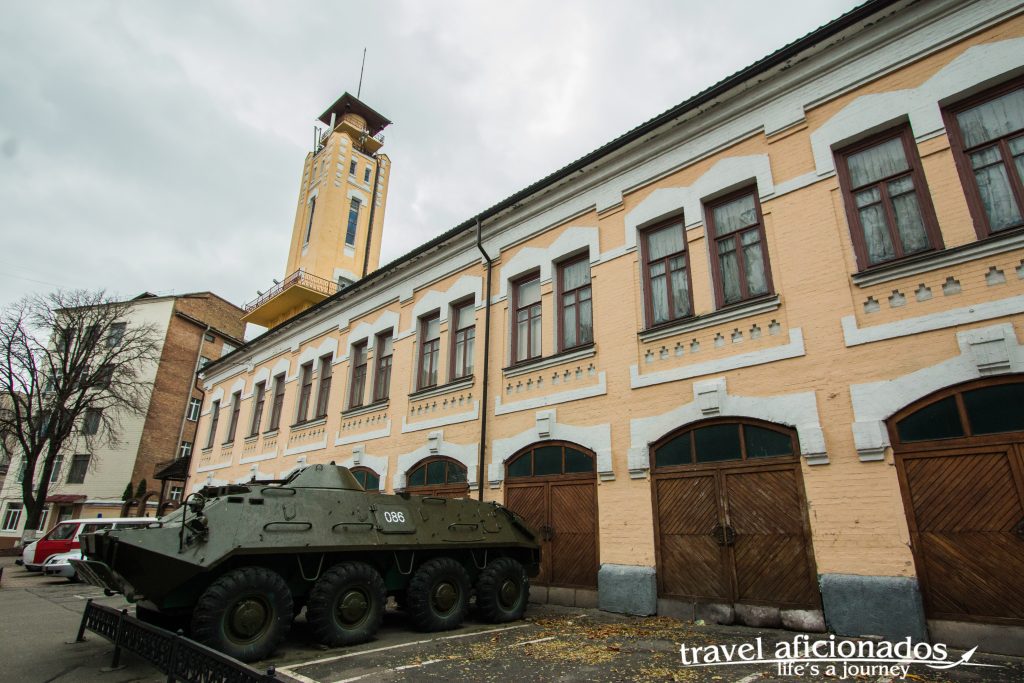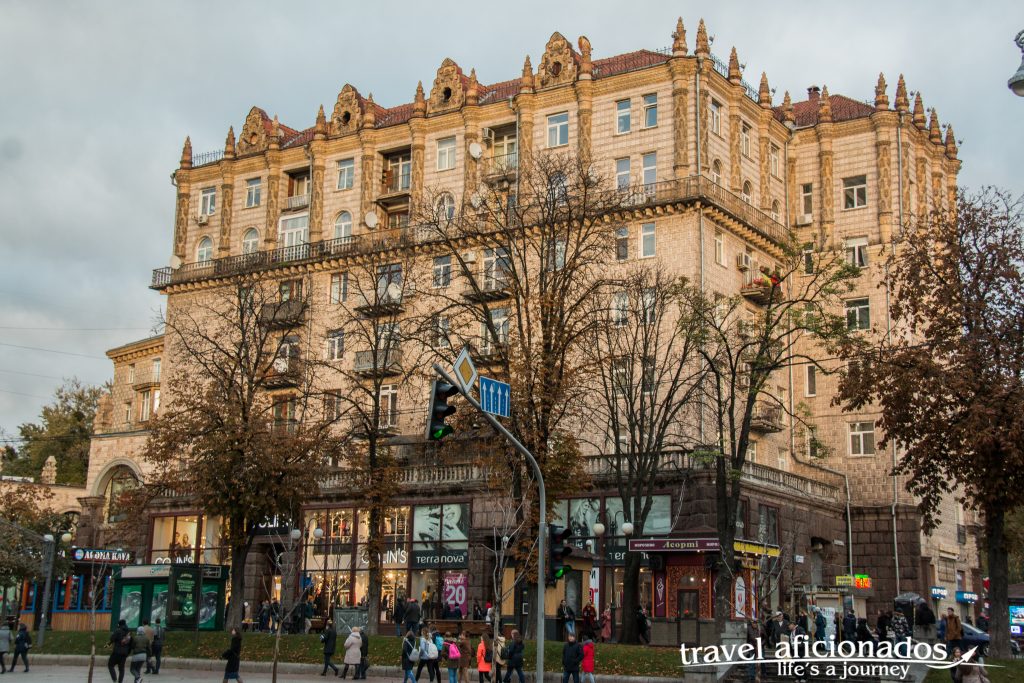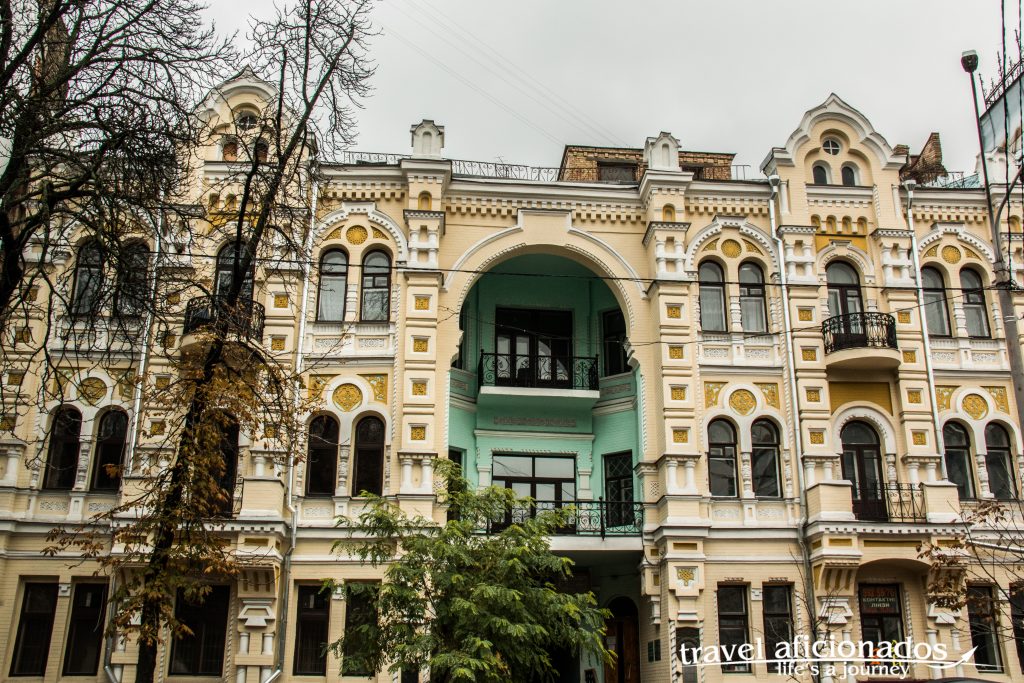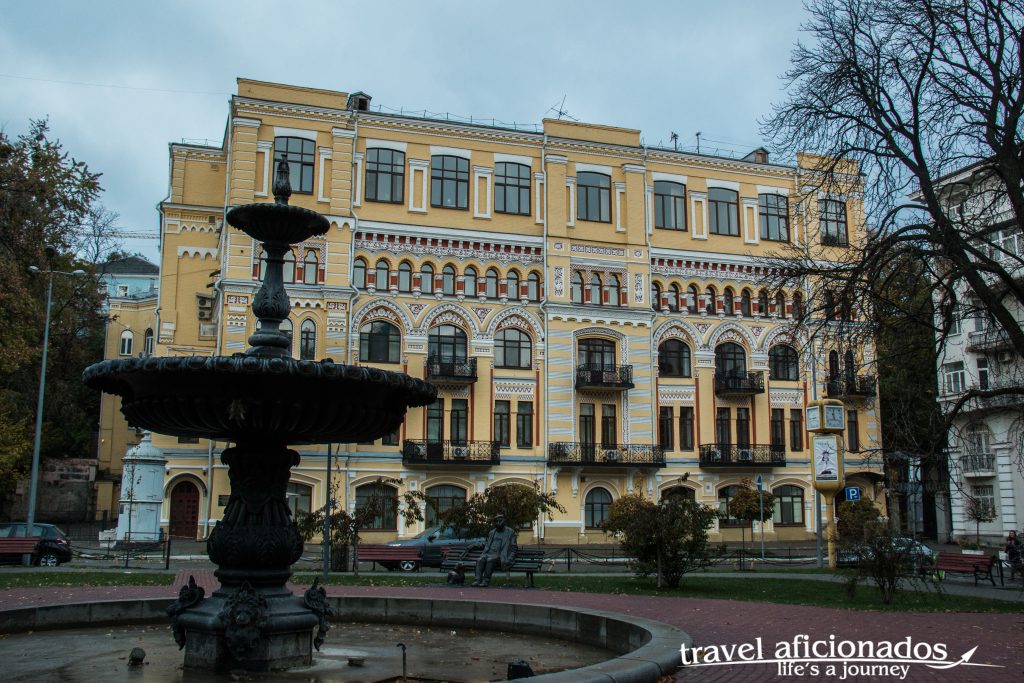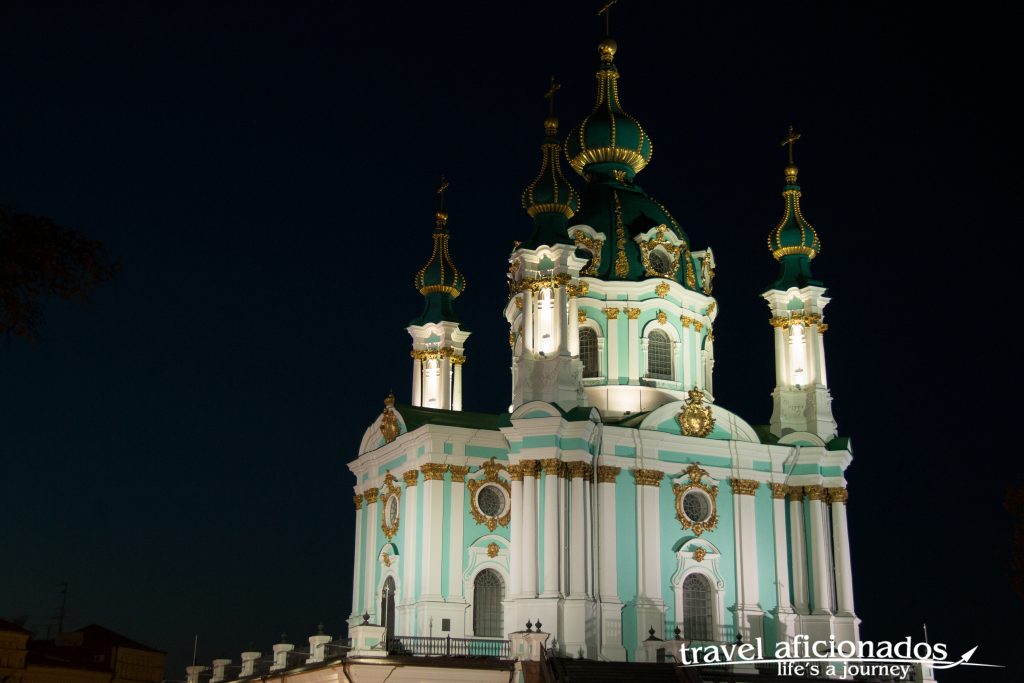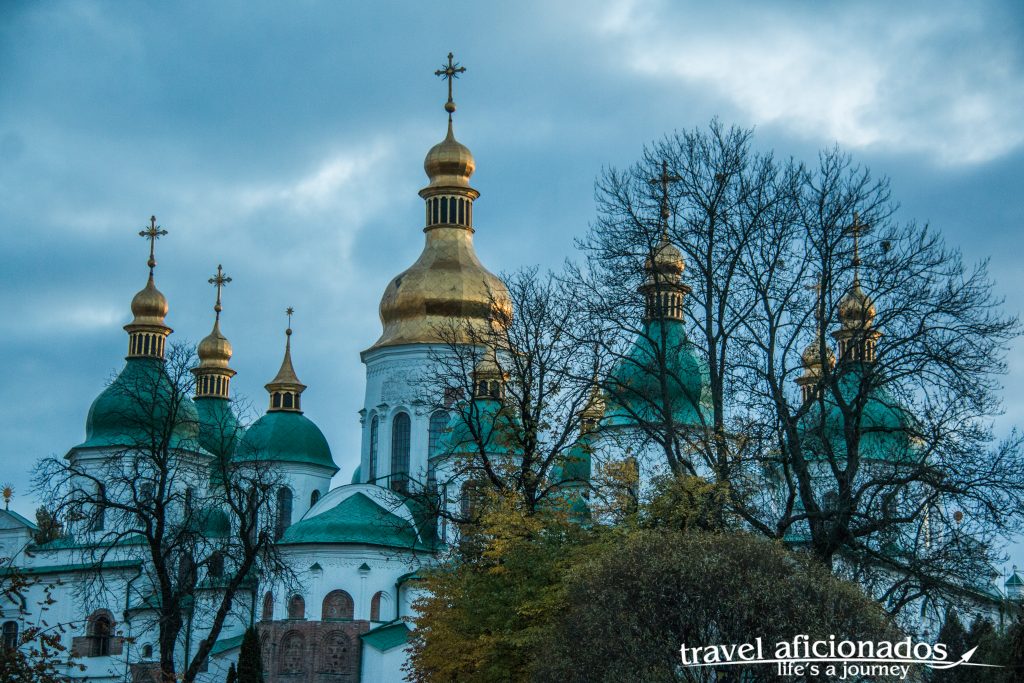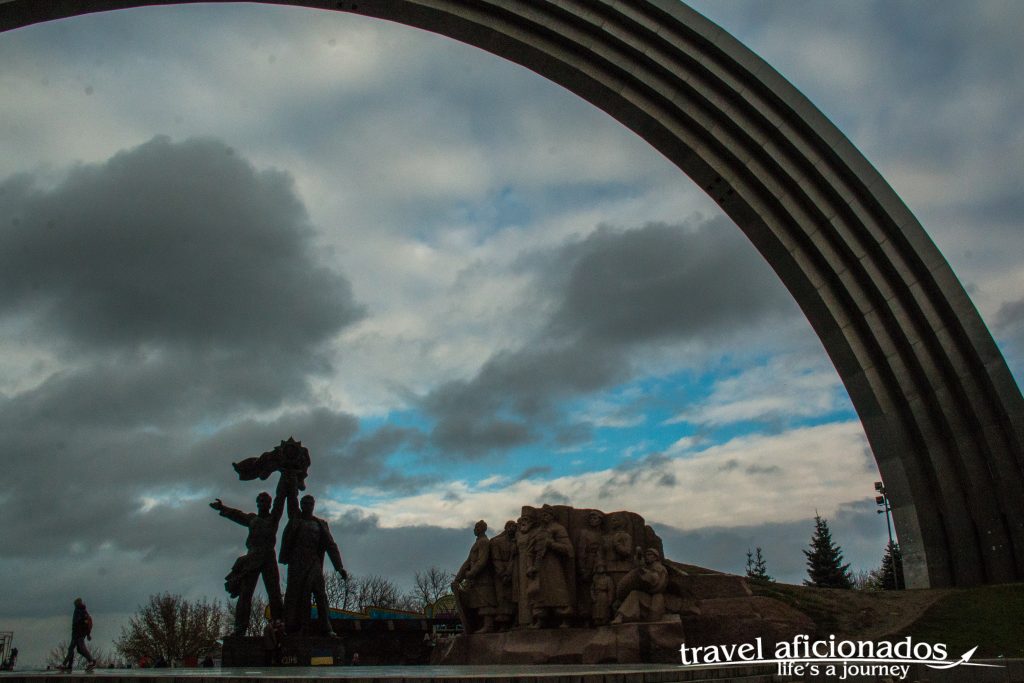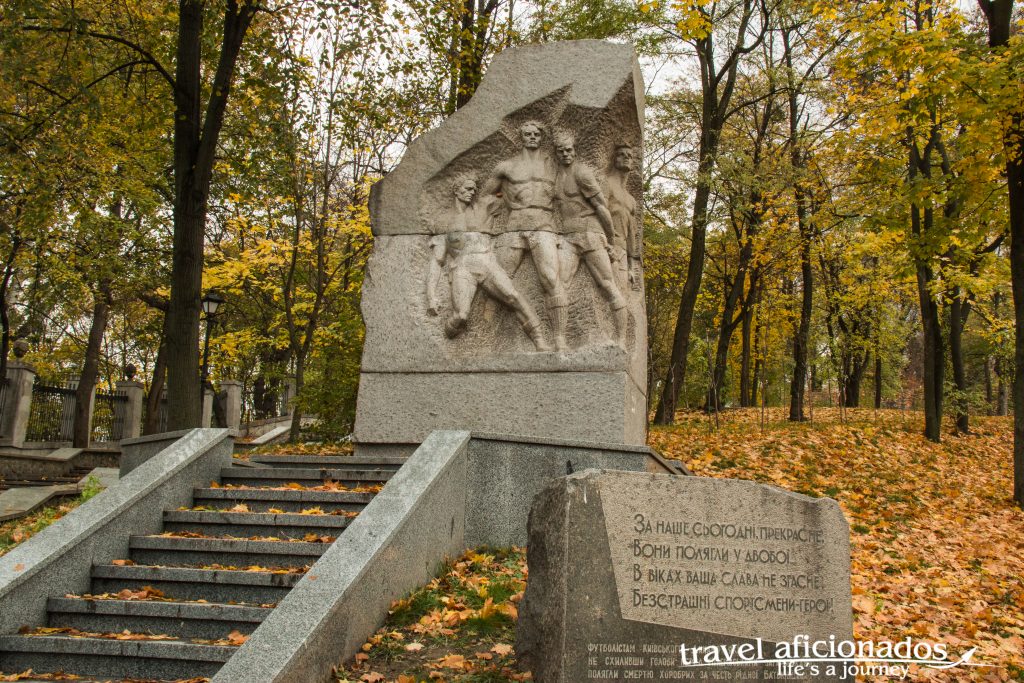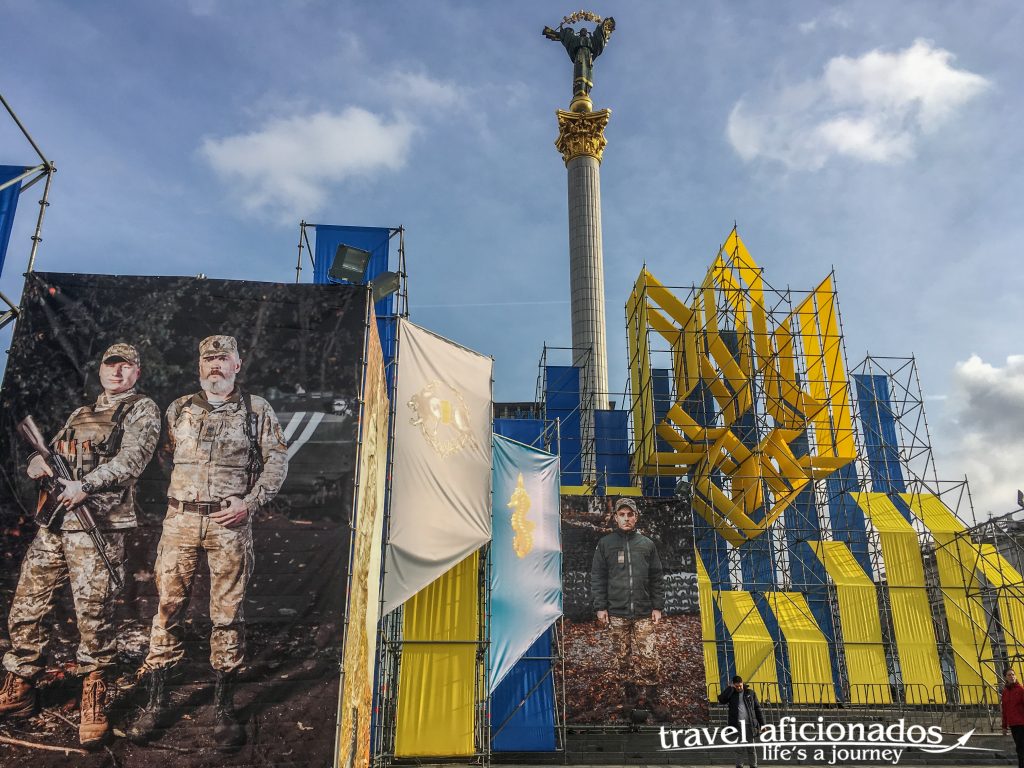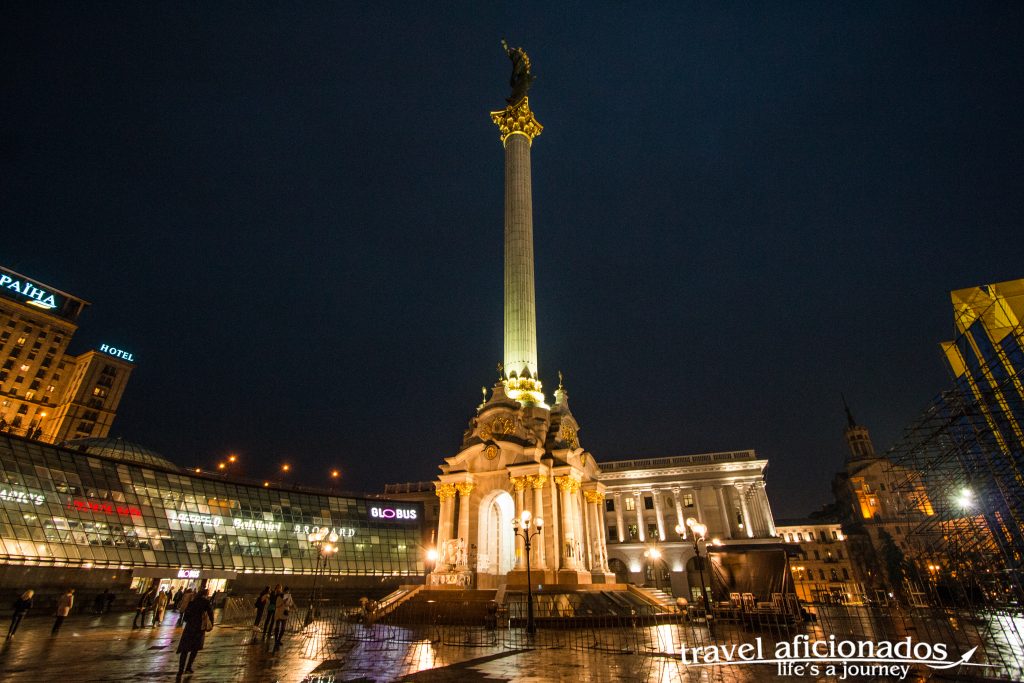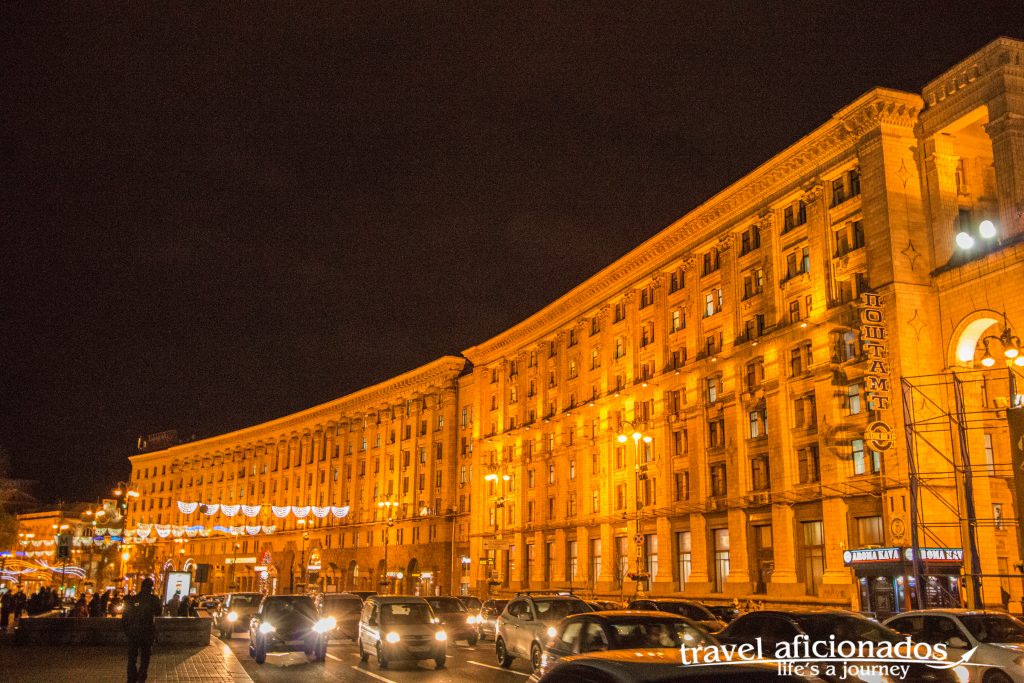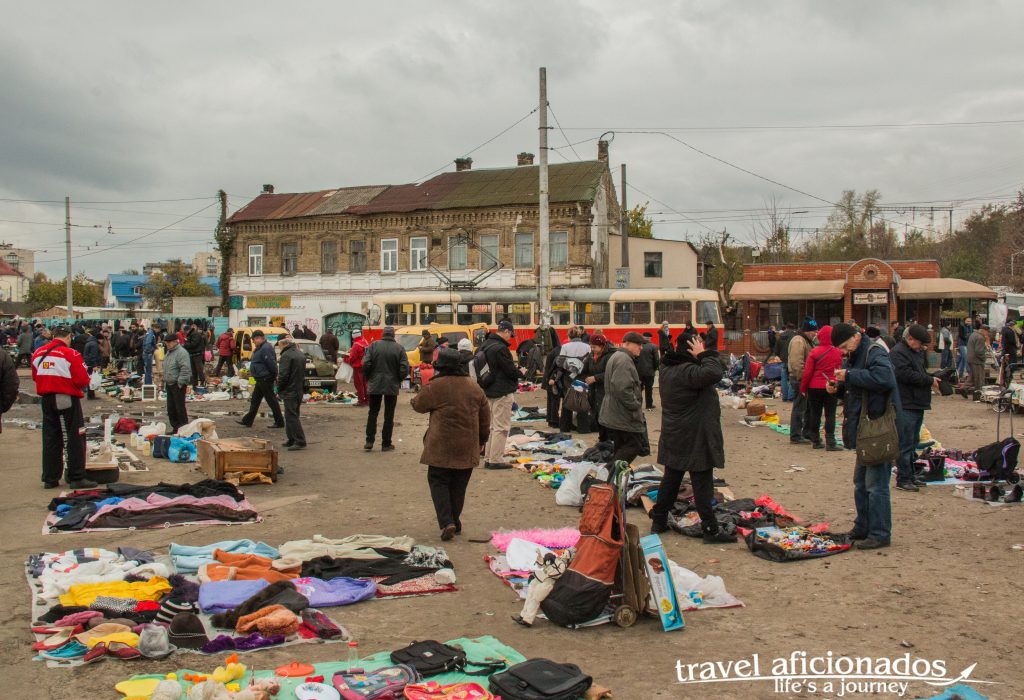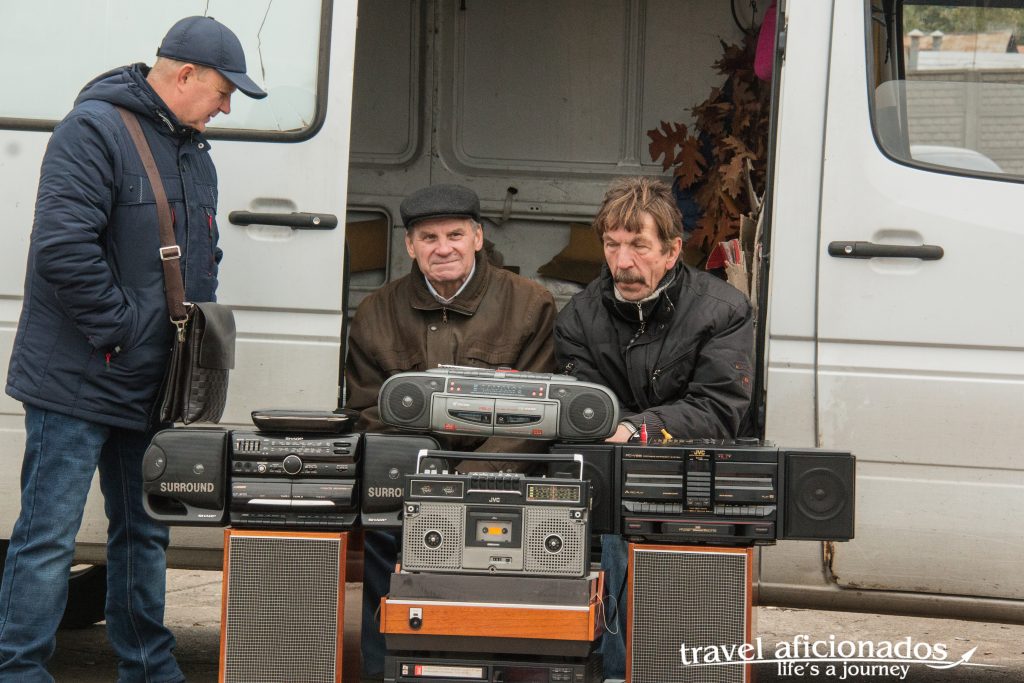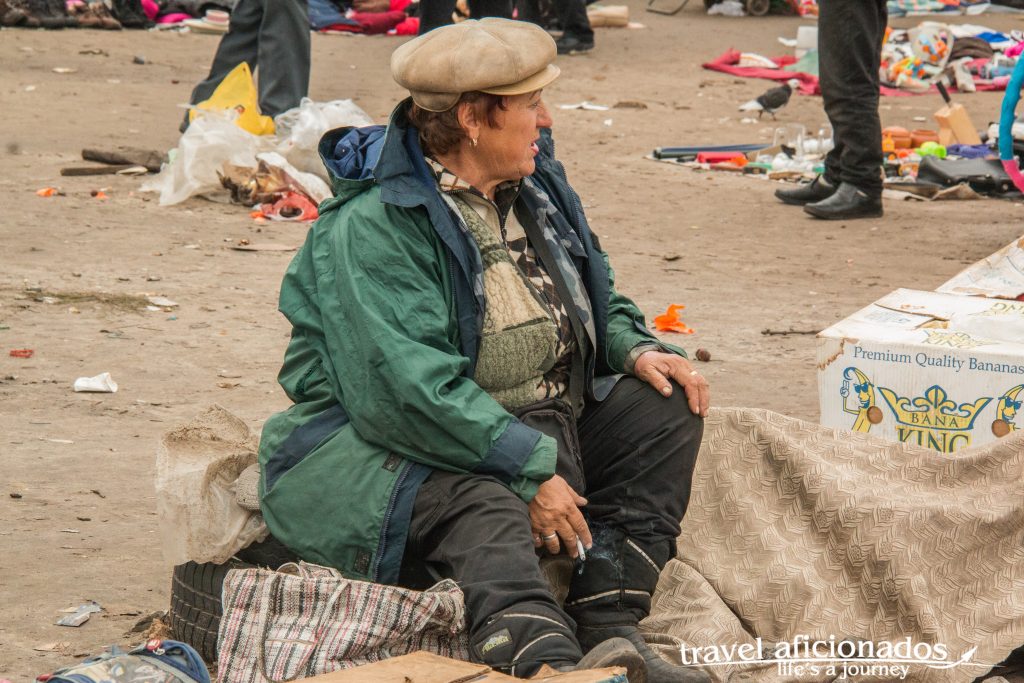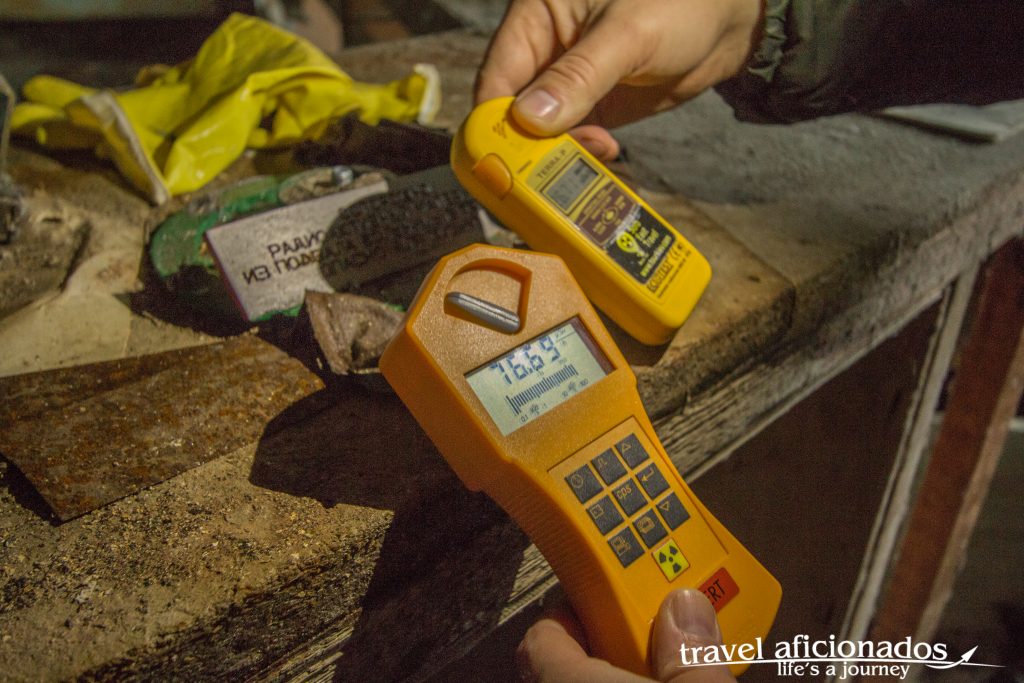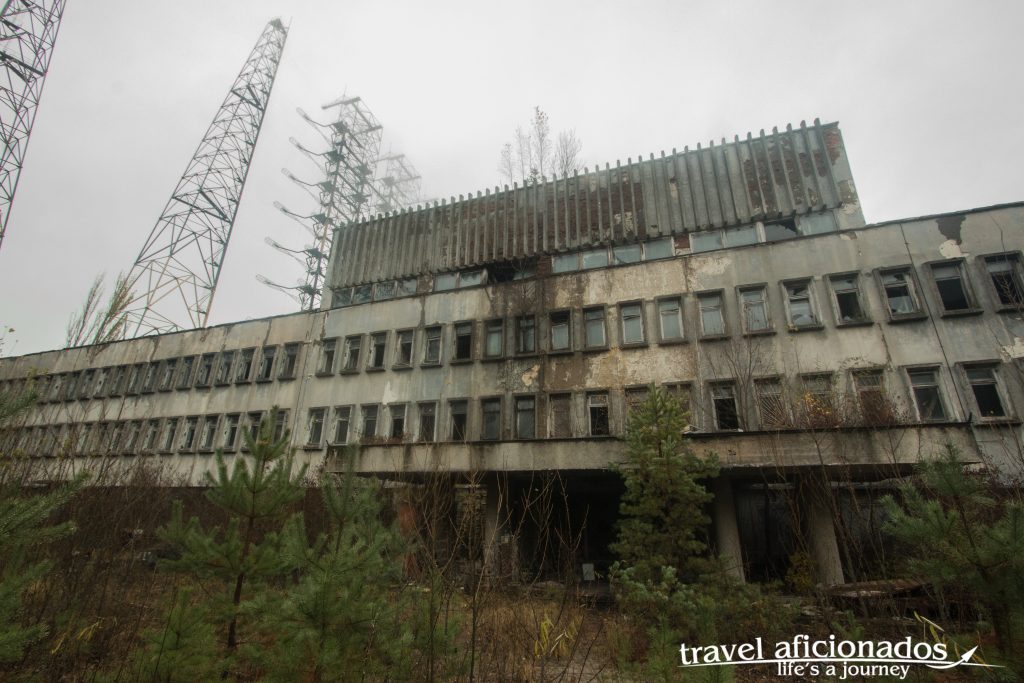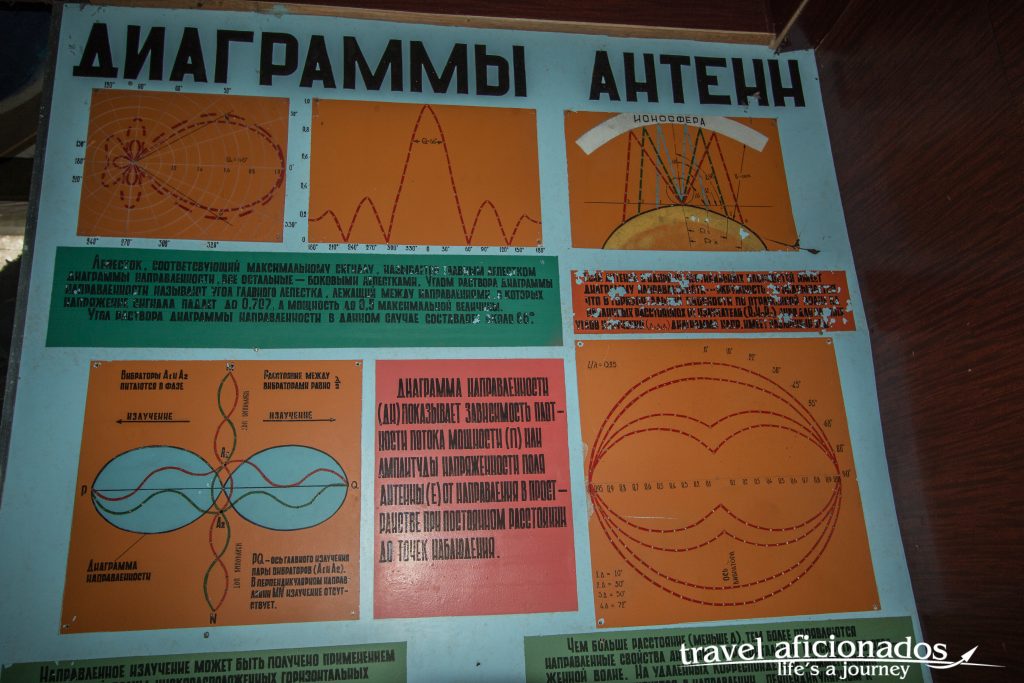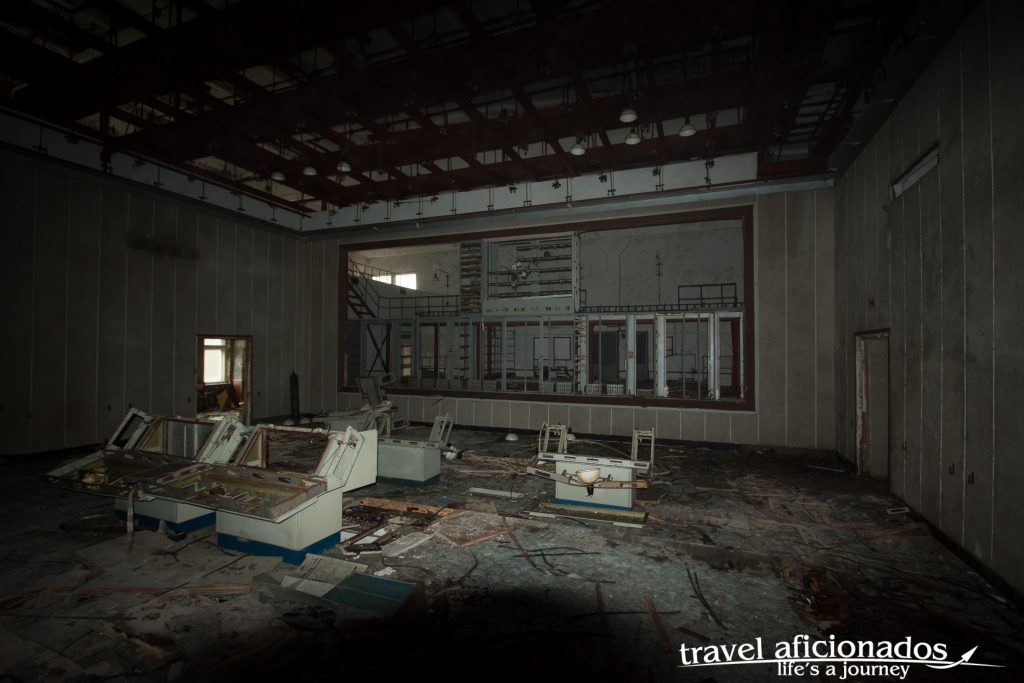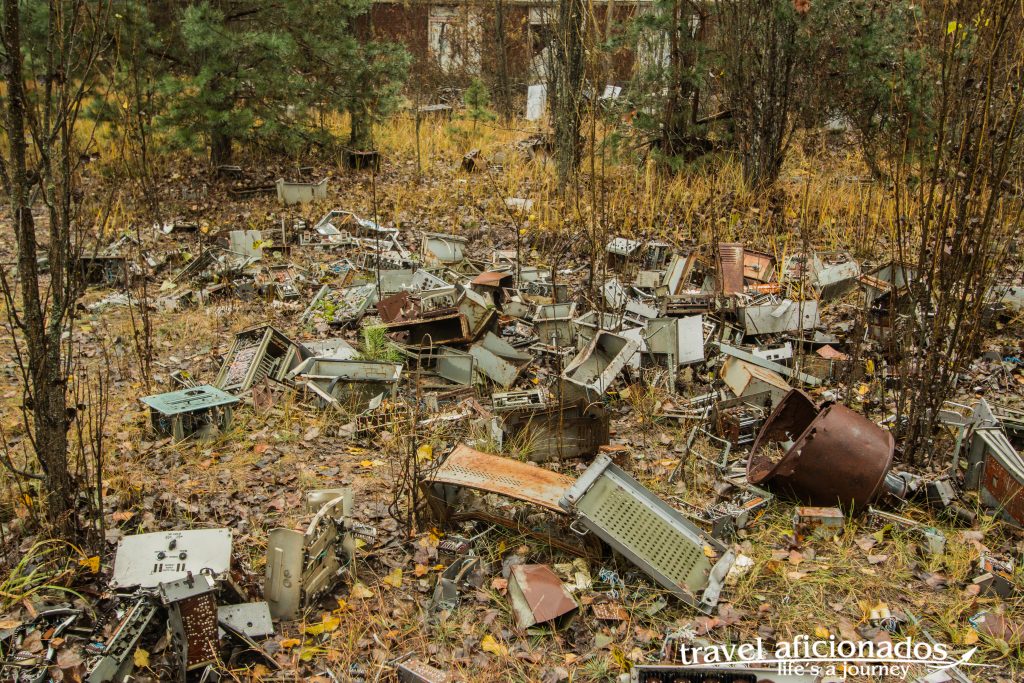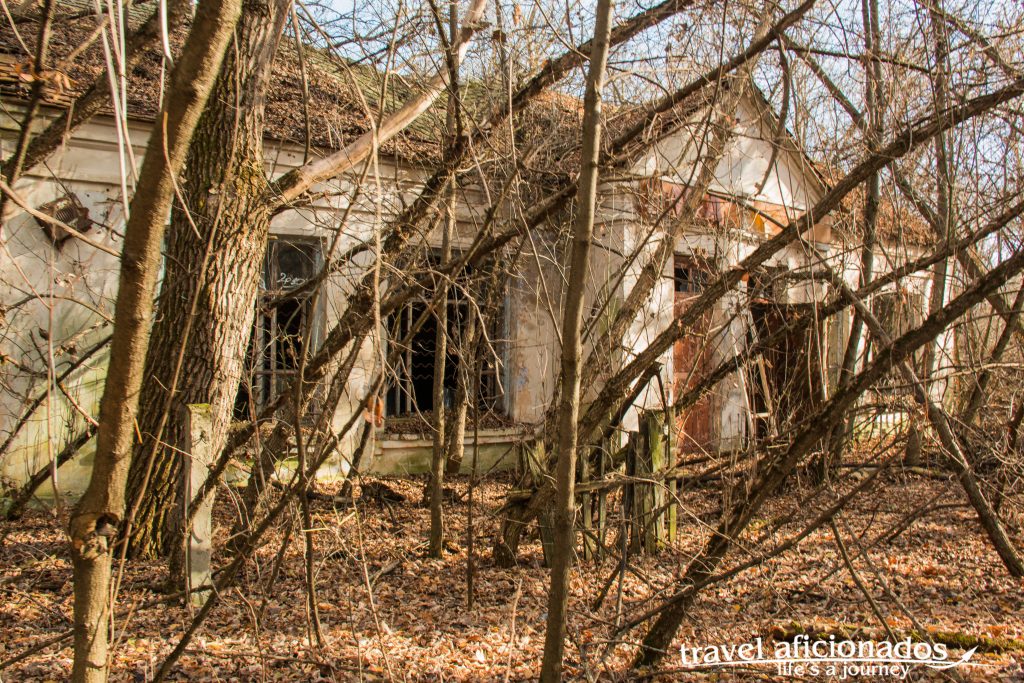Baalbek and Anjar are two very spectacular archeological sites about a two hour drive east of Beirut, near the border to Syria. Traveling there takes you through the wide, fertile Bekaa Valley. It has been cultivated over thousands of years and was once Rome’s breadbasket in the Levante.
Author Archive | Heidi Sequenz
The South of Lebanon: Sidon and Tyre
Like everywhere in Lebanon, in Sidon and Tyre you are wading in history, thousands of years of history. During my 10 day stay in Lebanon I was based in Beirut. Some excursions I did by public transport, some by taxis, for this trip I joined an organized tour (90US) and learned a lot from a professional tour guide.
Beirut – The Paris of the Middle East
For many the country is still associated with Hezbollah and Lebanon’s Civil War, even 20 Years after it ended. What I found was a land of stunning archeological sites, amazing scenery and the best food ever. Every possible civilization that passed through the Middle East has left its traces. I travelled the country alone in October 2018 and not for one tiny second did I feel unsafe. Just the opposite, the Lebanese bend backwards to make you feel welcome. The glamorous days may have passed but the bar and restaurant scene in the districts of Hamra and Gemmayze are as cool and bohemian as in todays Paris.
Lebanon: How to travel and where to stay
Most likely a trip through Lebanon starts at Beirut airport. On my first trip I had not arranged a pick-up and was turned not to find a taxi at 2.30am. So I jumped into somebody’s friend’s car that somebody called and felt pretty stupid doing this. On my second trip I had the hotel send me a taxi, which should between 20-25 US (April 2019).Within Beirut I walked a lot and this is the best way to explore the city. I strongly advise to join the walking tour with Alternative-Beirut at the beginning of your trip. It is a great way to get to know the various neighborhoods of Beirut and to meet people for future outings. To give you an idea of distances, I walked one from the water front to the Nationals Museum without much effort. Even the whole Corniche along the. waterfront can be done.
Photo Gallery Ukraine
Top Secret – Duga 3
Nothing prepared us for what we saw after driving 9km through dense forest on a narrow concrete road. Duga 3, a radar system that warned the Soviet Union from missile attacks. Now abandoned like Prypyat, it evokes similar spooky feelings.
Our small group arrived towards sunset, a bored soldier opened the rusty gate and we walked past abandoned buildings and overgrown terrain.Eventually a longish building appeared and from behind it peeked antennae. And there is was this super long construction of metal pillars, despite its seize I was not able to grasp its importance. Duga 3 (two other dugas existed) was built near Pryprit because it needed so much electricity. The construction went up at the same time as the reactor. Between 1976 and 1989 it sent signals into the ionosphere 8000km above to check for holes that could have only been created by hostile missiles penetrating it. Since the 90s satellites are doing the job.
Not even my super wide lens was able to take photos of the entire metal construction that once warned the Soviet Union from missile attacks. An aerial view is the only way to get a complete picture of this maze of antennae and platforms, especially nowadays with trees and all kinds of vegetations creeping close and closer. It was so secret that on Soviet maps it was marked as a summer camp for children. This description was not outright wrong, because the staff who lived there had every comfort the SU could offer, similar to the living standards in Pryprit. But since the place did not officially exist, the residents were registered in Chernobyl.
I have no clue how long the long building was that we explored or whether it was one of several that are connected. With the sun setting it was super spooky wandering inside these halls so long you could not see the end. Electricity cables were dangling from the ceiling and touching my face, some huge hole in the floor had to be avoided and the ceiling seemed dangerously fragile. All we had we our mobile phone flashlight.
The inside of the never ending building was equipped with to-notch equipment for the 1970s and 80s, computer nobody imagined they existed. Now the are strewn , computer grave yards
The Duga systems were extremely powerful, over 10 MW in some cases, and broadcast in the shortwave radio bands. They appeared without warning, sounding like a sharp, repetitive tapping noise at 10 Hz, which led to it being nicknamed by shortwave listeners the Russian Woodpecker. The signal became such a nuisance that some receivers such as amateur radios and televisions actually began including ‘Woodpecker Blankers’ in their circuit designs to filter out the interference.
Abandoned Villages – Chernobyl Squatters
In total 188 villages were evacuated in Ukraine and Belarus after the nuclear accident in April 1986. But in 1987 about 1000 self-settlers, mostly older people, returned to the exclusion zone on their own. First these ‘Chernobyl Squatters” were illegal, but soon the government accepted it. Now about 100 of them are left.
Pripyat -Ghost Town
Pripyat is only three kilometers away from the Chernobyl Nuclear Power Plant and was evacuated the day following the blast in April 1986. A fleet of 1300 buses shipped out the residents, who only had a few hours’ notice. Behind they left all their furniture and possessions that still can be seen in some buildings. Thirty years later, nature has taken over. Walking through this ghost town gives can be a bit creepy, but above all it feels like walking about into a freeze-frame of 1986 Soviet Union.

